Volkswagen ID. Buzz Pro review
Ever since the introduction of the first Type 2 (since renamed to T1) in 1950, Volkswagen has established itself as a dominant force in family van development. A whole generation of post-war families was brought up with the Transporter and the journeys, moments and memories the little van has created sure last a lifetime. It became a symbol of the Hippie movement, solidifying its place in the all-time automotive hall of fame. Now Volkswagen decided to bring back the old-school styling and give it a modern twist worthy of the 21st century.
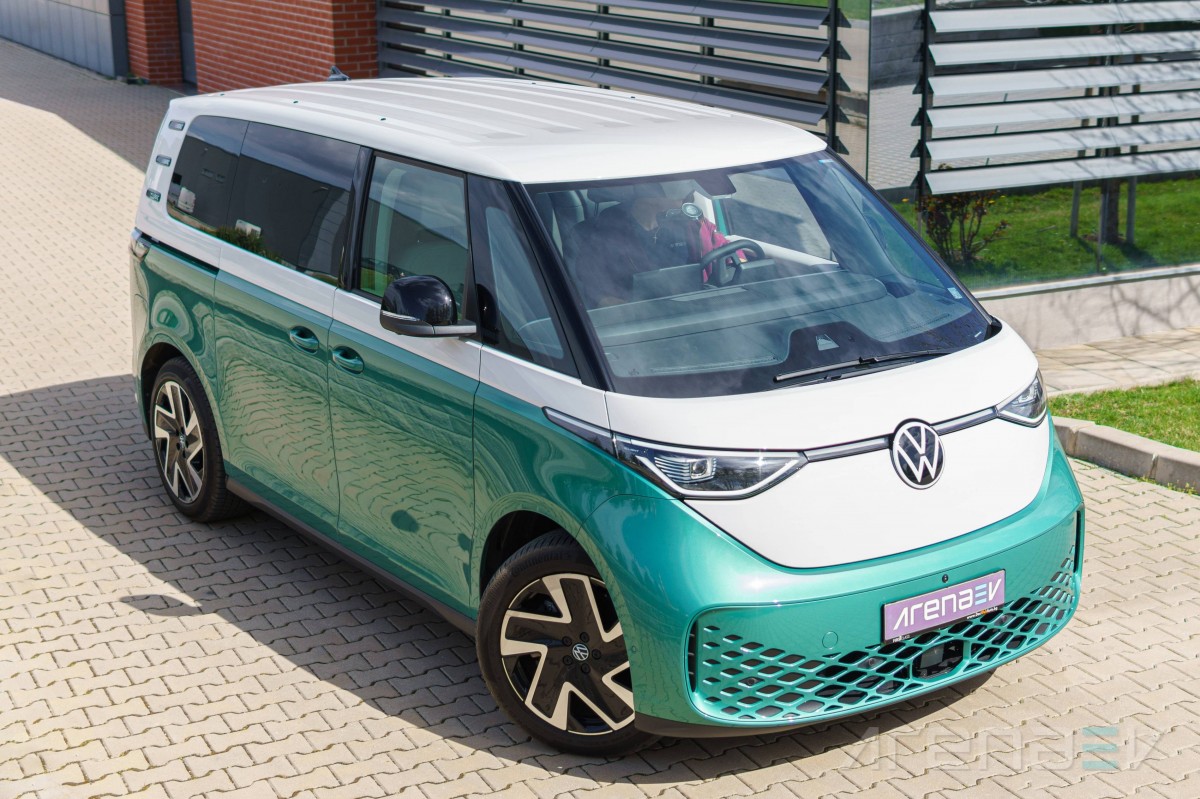
Table of Contents:
- Exterior
- Interior
- Storage & practicalities
- Driving experience
- Tech features
- Ride comfort
- Cabin noise
- Acceleration and braking
- Consumption
- Charging speed
- Competition
- Verdict
The Volkswagen ID. Buzz is inspired by the original T1 Transporter, and aims to become a symbol of progressive society, just like the old one did some odd 75 years ago. It comes with fully electric powertrains, independent chassis and design from current Transporter models, giving it unique market placement.
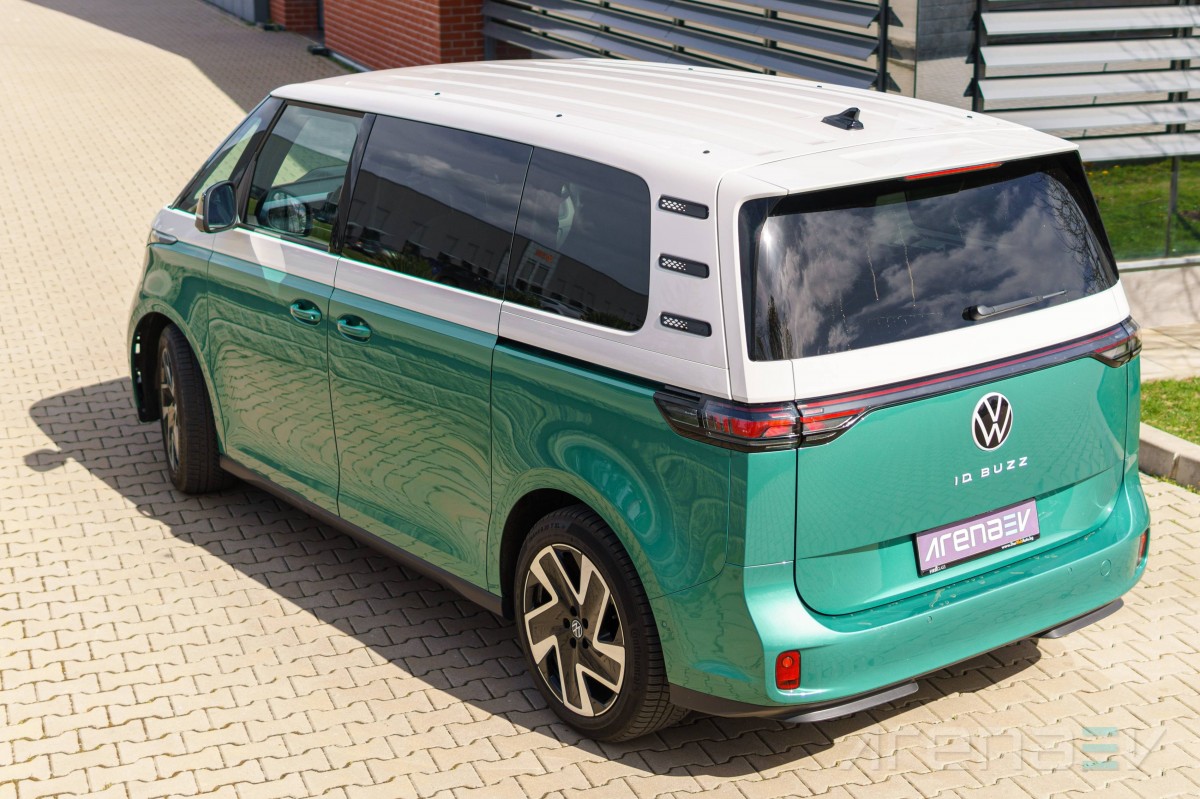
The Volkswagen ID. Buzz Pro we tested is the passenger variant. There is also a Cargo version, which offers only front-row seating and a huge cargo space in the back. Soon, there will also be a three-row variant that can seat up to 7 passengers.
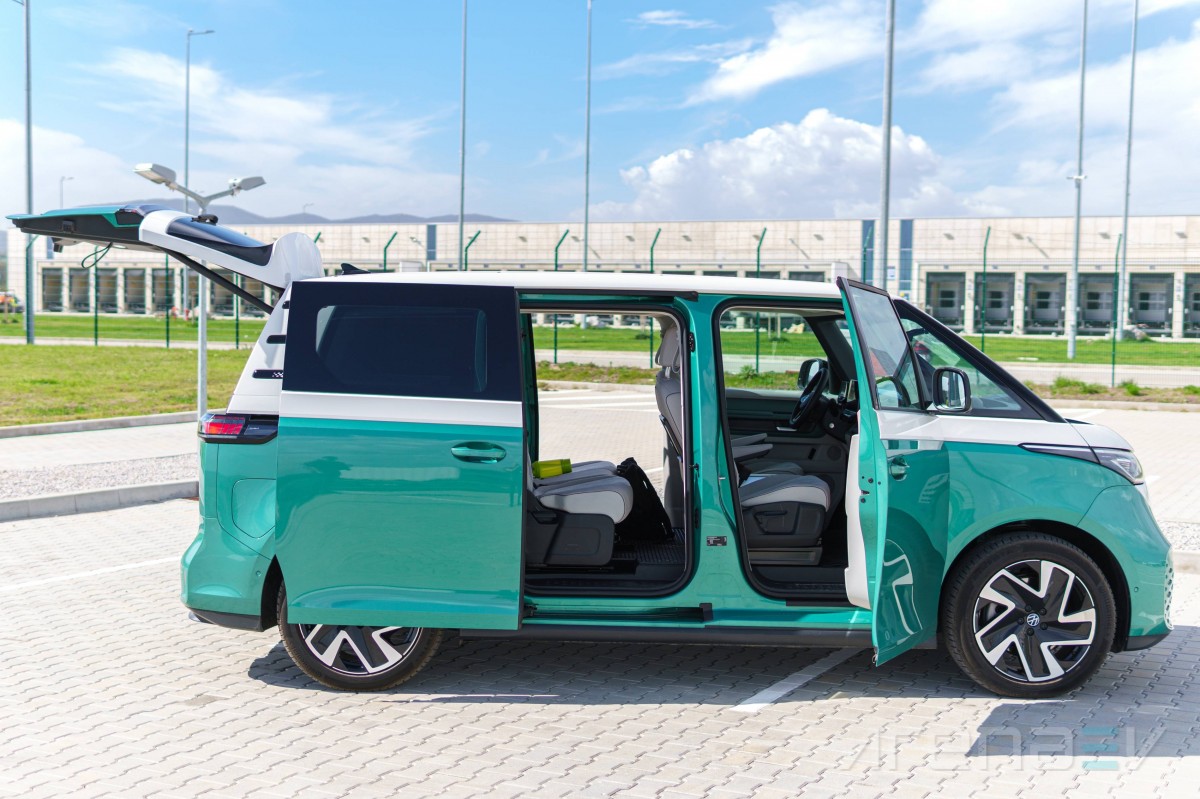
The ID. Buzz Pro comes with a 82 kWh battery, powering a single 150 kW (201 hp) motor, hooked to the rear wheels. Even though it looks massive on the outside, the length of the ID.Buzz is the same as a Tesla Model 3. But now let’s find out what it brings to the table!
- Dimensions: 185.5 inches x 78.1 inches x 76.3 inches, 117.6 inches wheelbase.
- Drivetrain tested: Pro - RWD 150 kW (201 hp), 229 lb-ft, 82 kWh total battery capacity, 77 kWh usable battery capacity
- Other drivetrains: GTX - AWD 250 kW (335 hp), 82 kWh total battery capacity, 77 kWh usable battery capacity
- Charging: 170 kW CCS; 5-80% in 30 min.
- Range: 261 miles WLTP
- Weight: 5,421 lb unladen, 6,610 lb gross
- Other features: Mattress-sized trunk, Games, OTA updates.
Exterior
The design of the Volkswagen ID.Buzz is without a doubt its most impressive aspect. There are multiple two-tone paint jobs that make it stand out even more, but the gigantic badge in the center distinguishes the ID. Buzz from regular traffic the most. The exterior is certain to bring you a dose of nostalgia and happiness, and the car can never pass through a street unnoticed. Few models on the road spark such emotions and certainly none of them are vans, which makes the ID.Buzz that much more special.
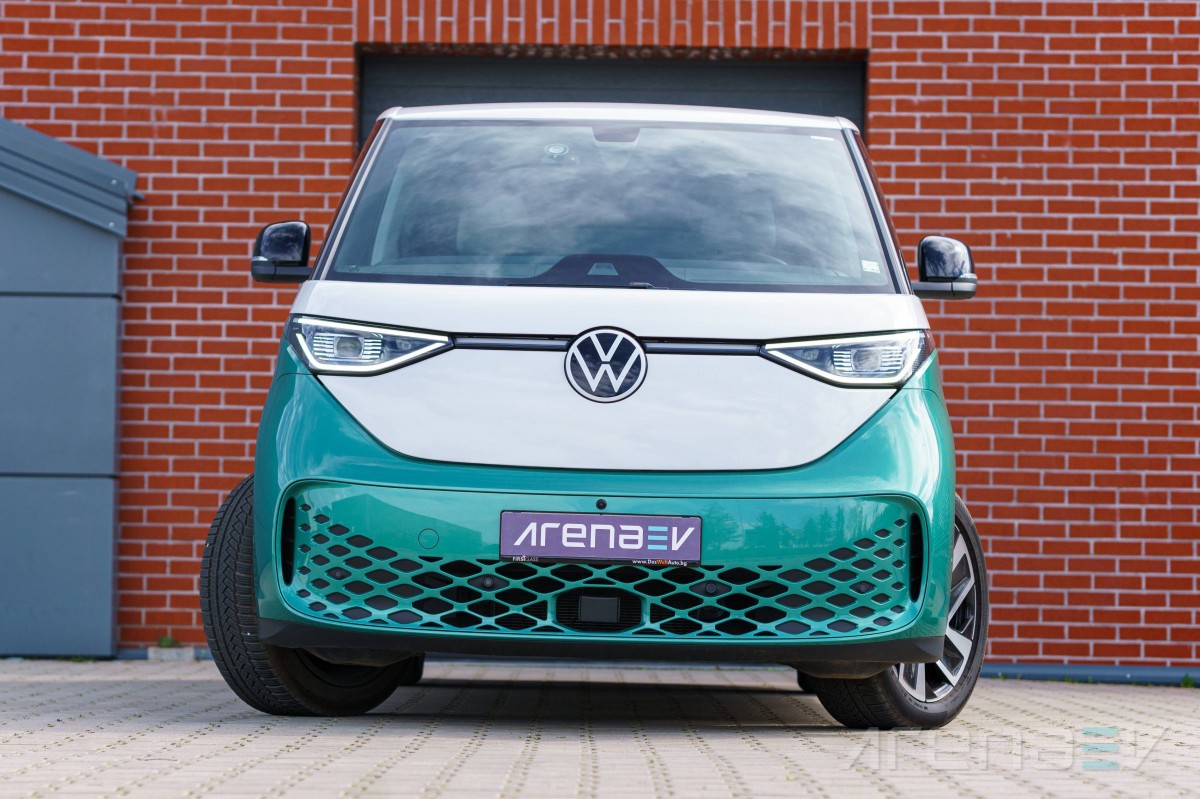
Gone are the old rounded headlights, replaced modern LED headlights, which give off a mean look at night. The grille is positioned in the lowest part of the front bumper, slightly tilting upwards at each end. Looking at the ID.Buzz from the front certainly makes it seem like it is plotting some devious plan. All jokes aside, the front of the ID.Buzz is not only recognizable, but also attracts attention for the right reasons.
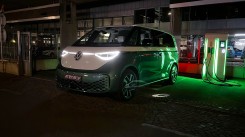
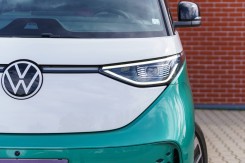
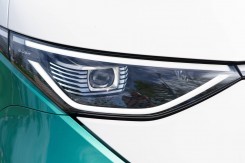
The headlights of the ID.Buzz are not rounded, yet remain highly distinctive!
The front windshield is not as flat as the original T1, pusrsuing optimized aerodynamics and improved safety. Still, similarities with the T1 are obvious, which explains the multiple thumbs up, smiles and small talks that we faced during the time we tested the ID. Buzz.
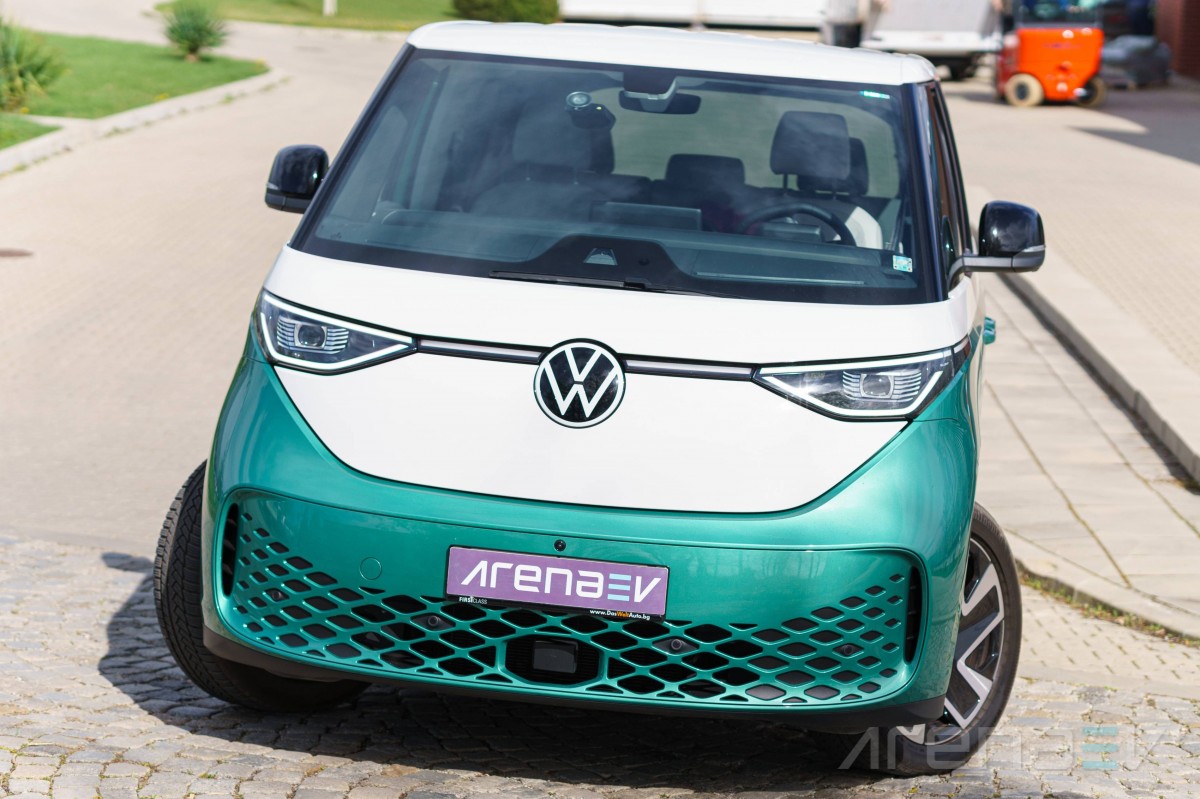
From the side the ID. Buzz looks just about like any other van, just in our case it comes with a two-tone paint. Its boxy shape prioritizes inner space and if not for the three decorative stripes on the last pillar, it could be mistaken for any of its competitors.


The side profile of the ID. Buzz is basic, yet stylish!
There are three options for wheel sizes ranging from 19 to 21 inches and a total of five different wheel designs. This brings the ID. Buzz closer to SUVs than regular vans, where such huge sizes are rare to be seen.
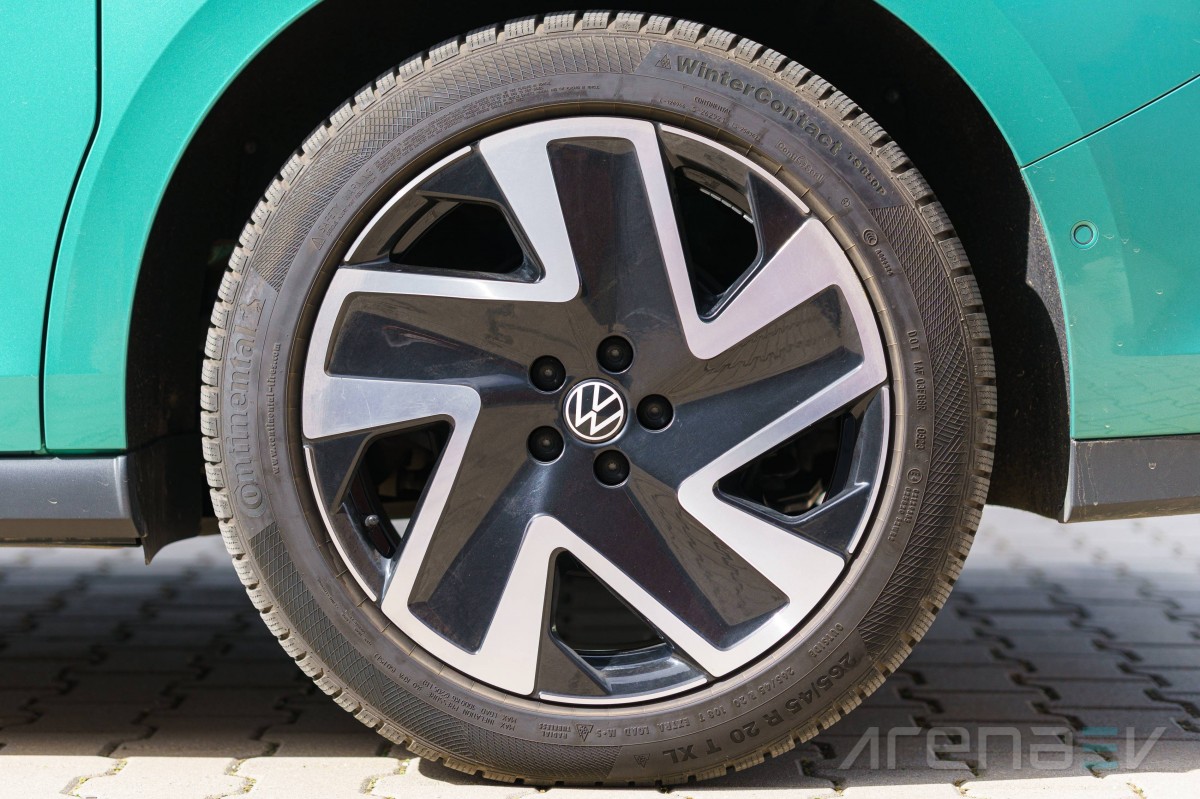
The passenger versions gets electric sliding doors on both sides, whereas the Cargo version only gets a single sliding door. You can open/close them from the inside with the press of a button, adding a sense of luxury.
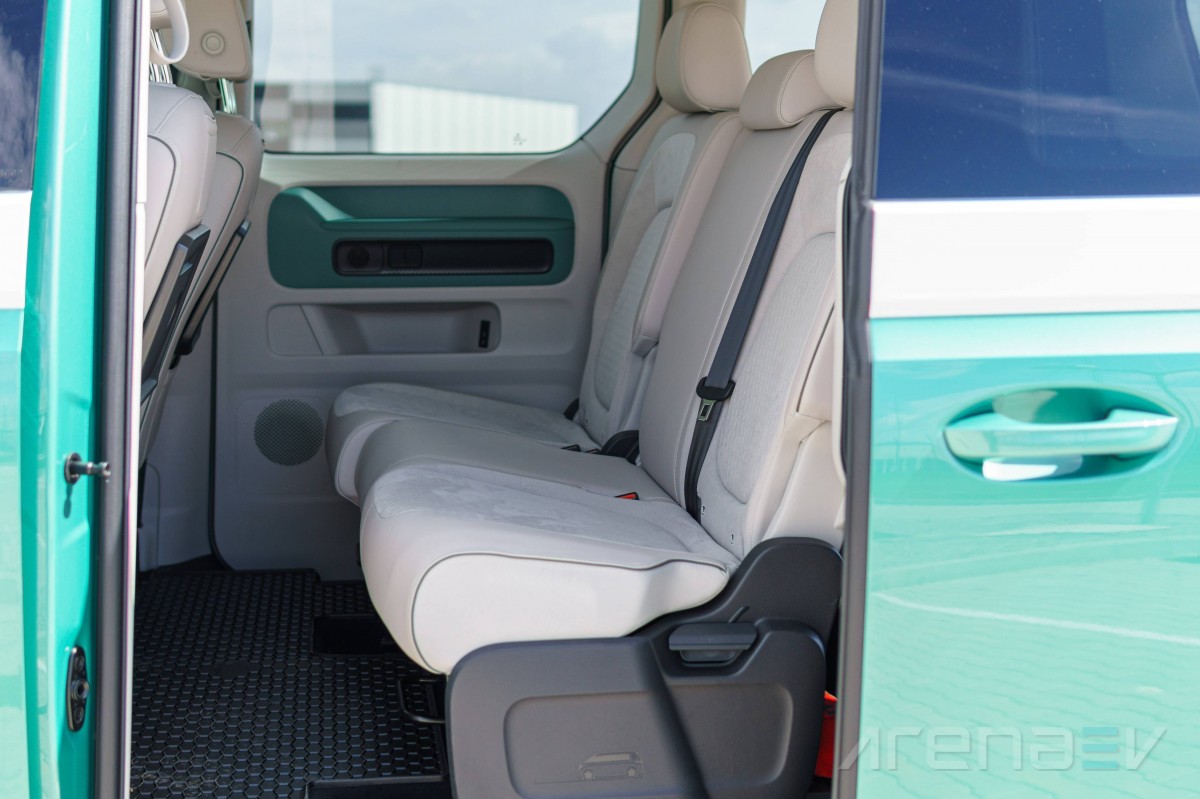
This is yet another Volkswagen ID model that for some peculiar reason projects a graphic that looks suspiciously like a Renault badge on the ground when locking and unlocking it.
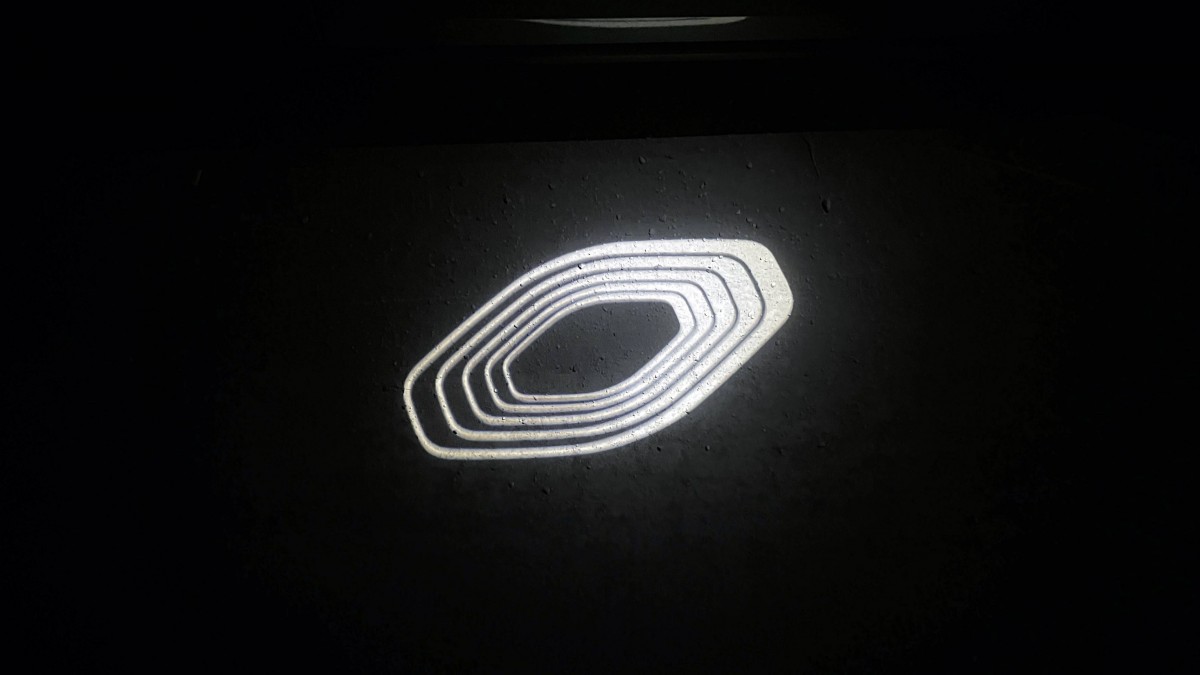
The rear of the ID. Buzz carries on with the retro styling, again boasting a massive VW logo right in the middle.The Cargo version has split-opening rear doors, whereas the passenger version comes as a regular liftback, making it easy to distinguish the two.
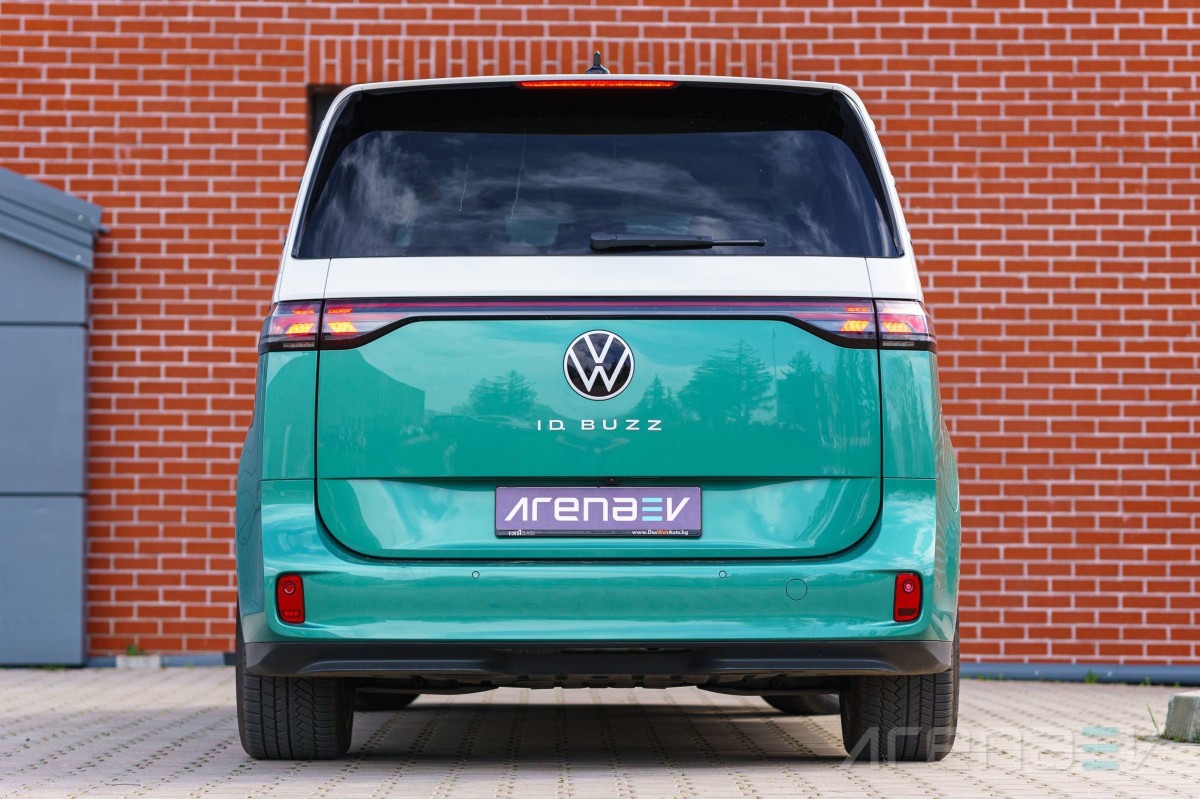
The thin LED strip that goes through the entire rear of the ID. Buzz looks very imposing as this is a pretty big vehicle. Lighting in general is quite simple, yet greatly underlines the overall design.
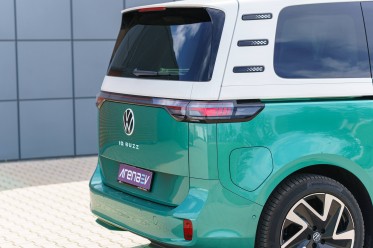
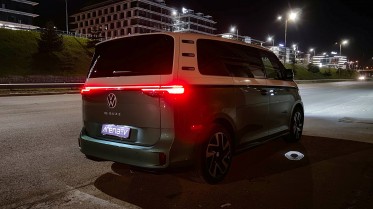
The rear of the ID.Buzz looks imposing!
Interior
The one word to describe the ID. Buzz interior is spacious. All passengers get generous amounts of space in all directions. All pieces of the interior are big and seem durable, but the materials are far from the greatest, especially given the high price tag on the Buzz. On the upside there are hardly any creaks and rattles, except for the infotainment display, which feels like it’ll break anytime you touch it.
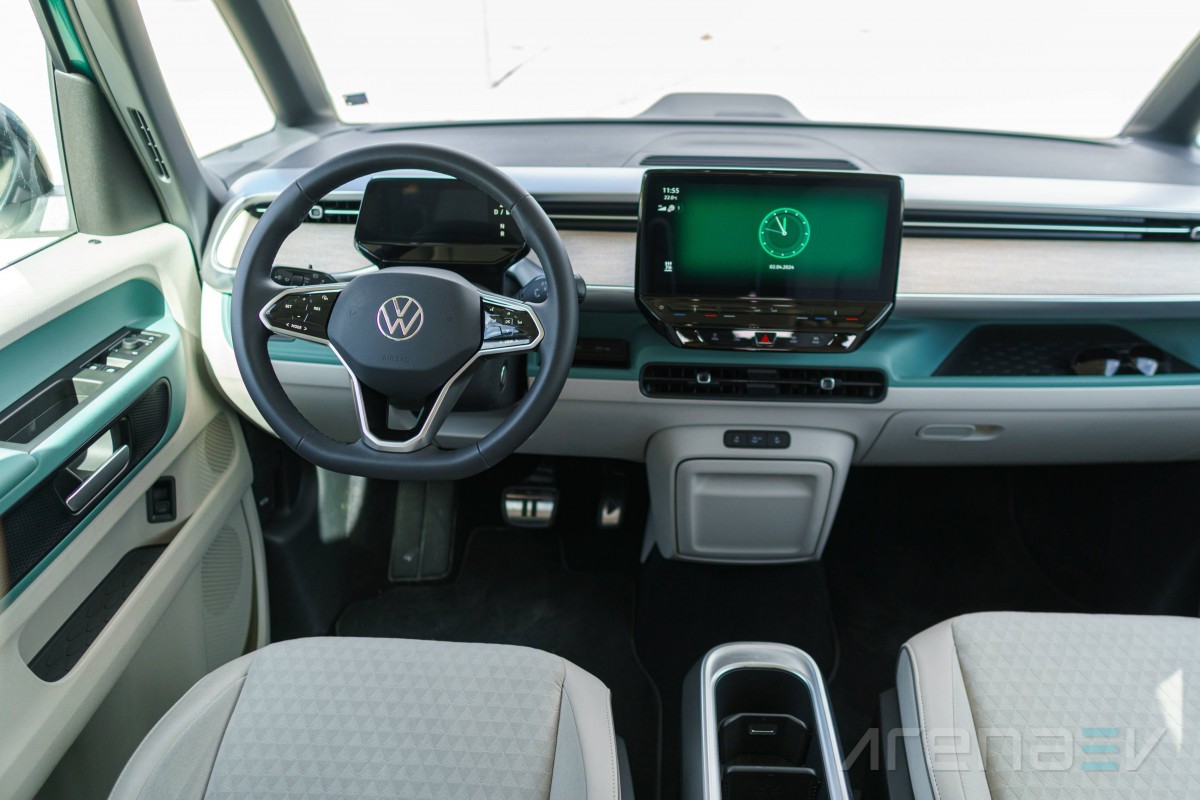
If you’re familiar with recent Volkswagen interiors, this one won’t surprise you much. The steering wheel, gauge cluster and infotainment are the same as in all other ID models, and so are a bunch of other parts around the interior. This is not the greatest news as the layout in not really optimized perfectly.
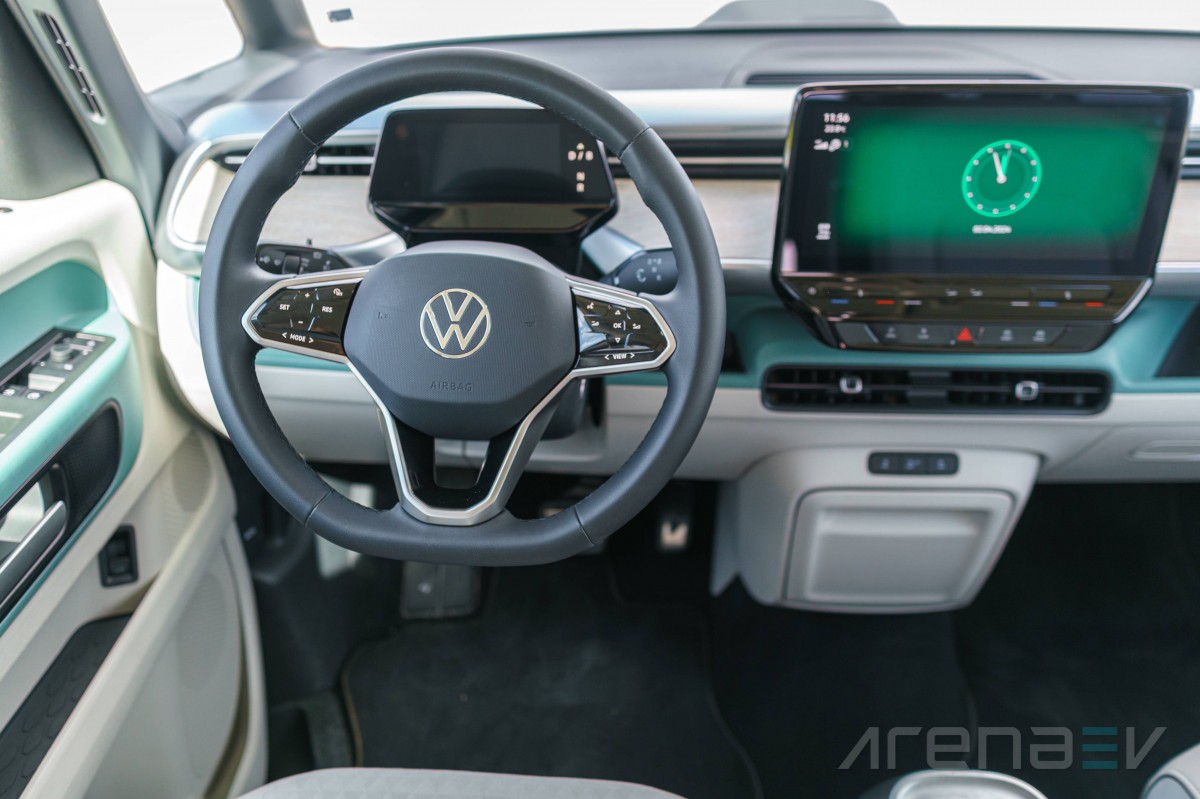
The steering wheel is made of faux leather, which doesn’t feel great to the touch and severely sweats the palms of the driver. The haptic buttons on it are simple to use, yet they don’t very reliably and often sense a different input than the one we were going for.
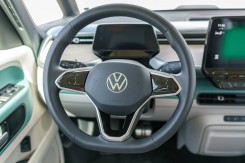
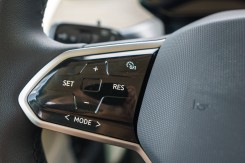
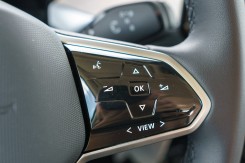
The capacitive touch buttons don't work great.
The gauge cluster behind the wheel is small and basic, displaying the key driving information like speed, battery percentage, range and navigation. It is a rudimentary way of displaying those things, but that still is better than what some manufacturers do by omitting the gauge cluster entirely.
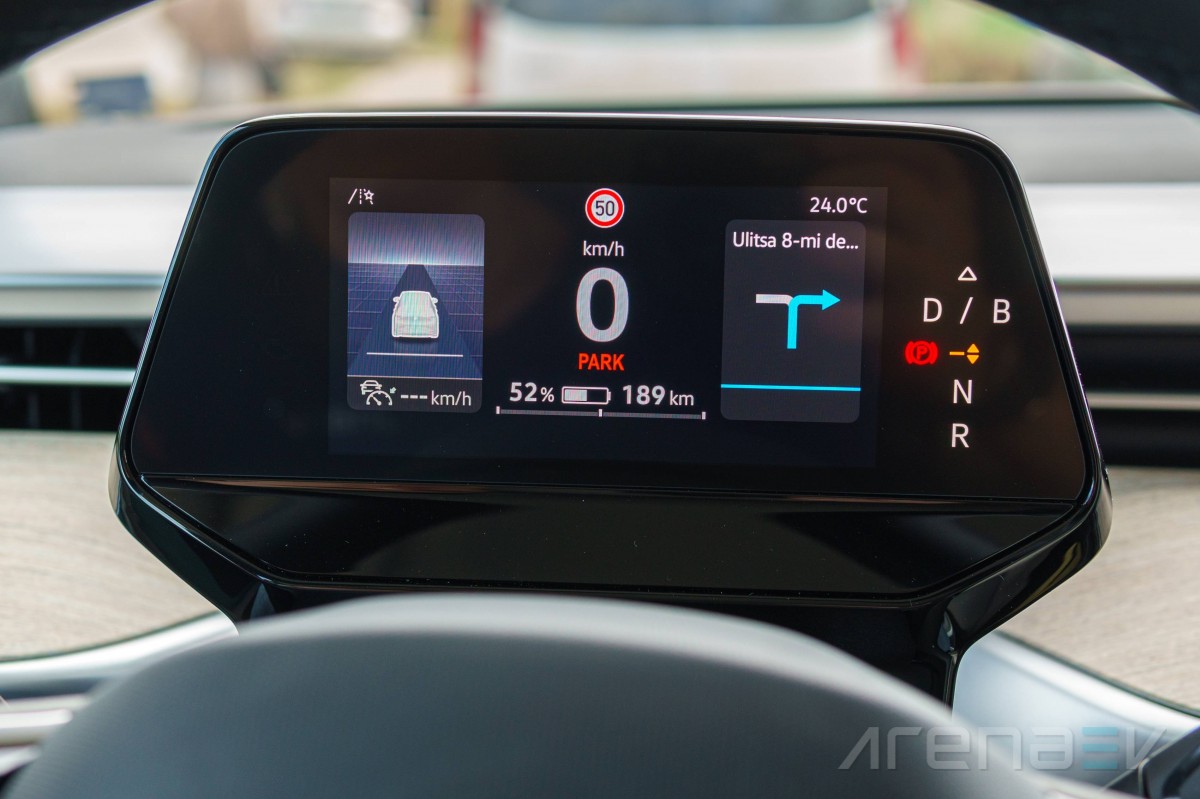
Sadly, there is no option for a head-up display, but that was probably to be expected, given the flat and upright windscreen that sits way deeper than the rest of the interior. The dashboard has the potential to be very useful with its deep and flat layout, yet it fails by not offering any kind of storage anywhere. This is especially disappointing, given how masterfully utilized this space is in Volkswagen’s own Transporter by offering shelves and cup holders along the entire dashboard.

There is only a thin LED strip that lights up on different occasions to inform that certain processes take place in the vehicle. Sadly, they are all in different colors and lighting patterns, making it hard to memorize all of them. The strip also lights up without displaying the actual event,. Mercedes and MINI do a much better job in integrating similar LED bars into their vehicles, making them much more useful.
To the left of the steering wheel is a cluster of buttons to control the lights and defrosters, as well as a very tiny storage pocket for cards or coins. The haptic buttons always activate anything but the one you actually want to press and to use and their rubbery surface is not pleasant to touch at all.
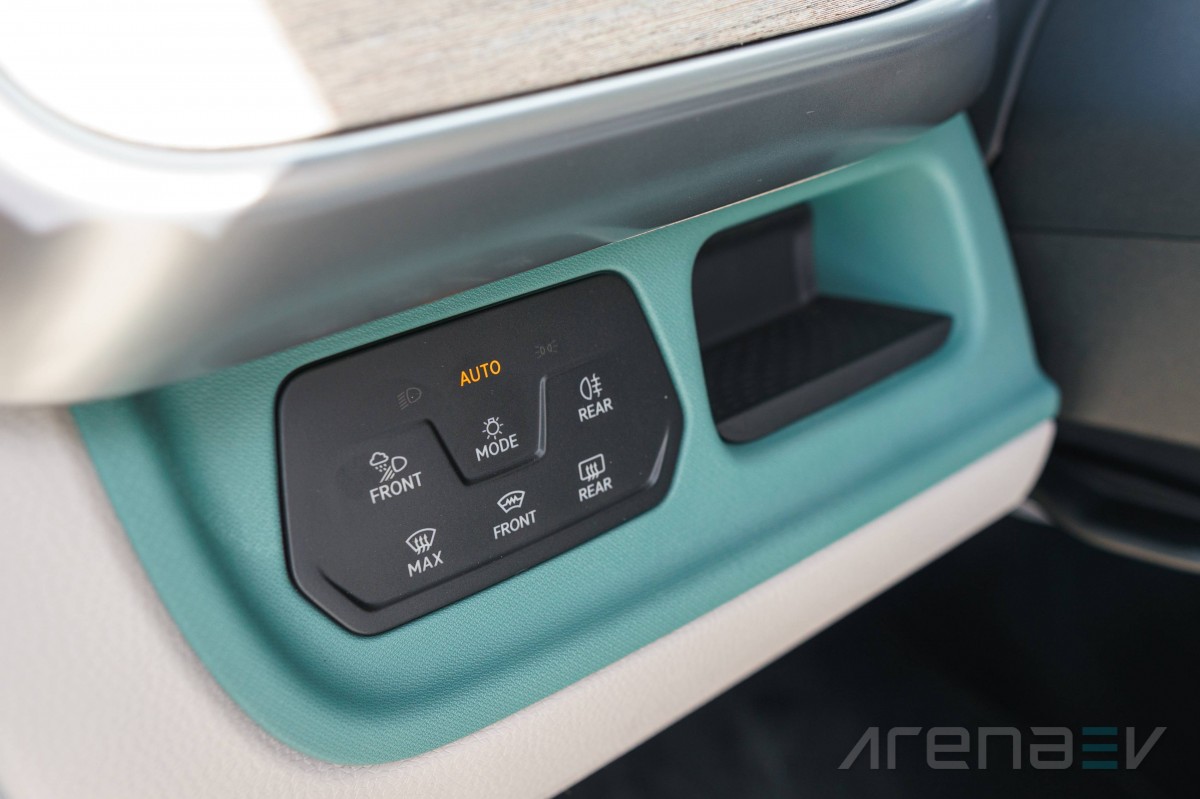
On the right side of the steering wheel is a wireless charging slot, accompanied by two USB-C shargeports. You put your phone downwards inside it and it becomes impossible for it to fall out or slide around.
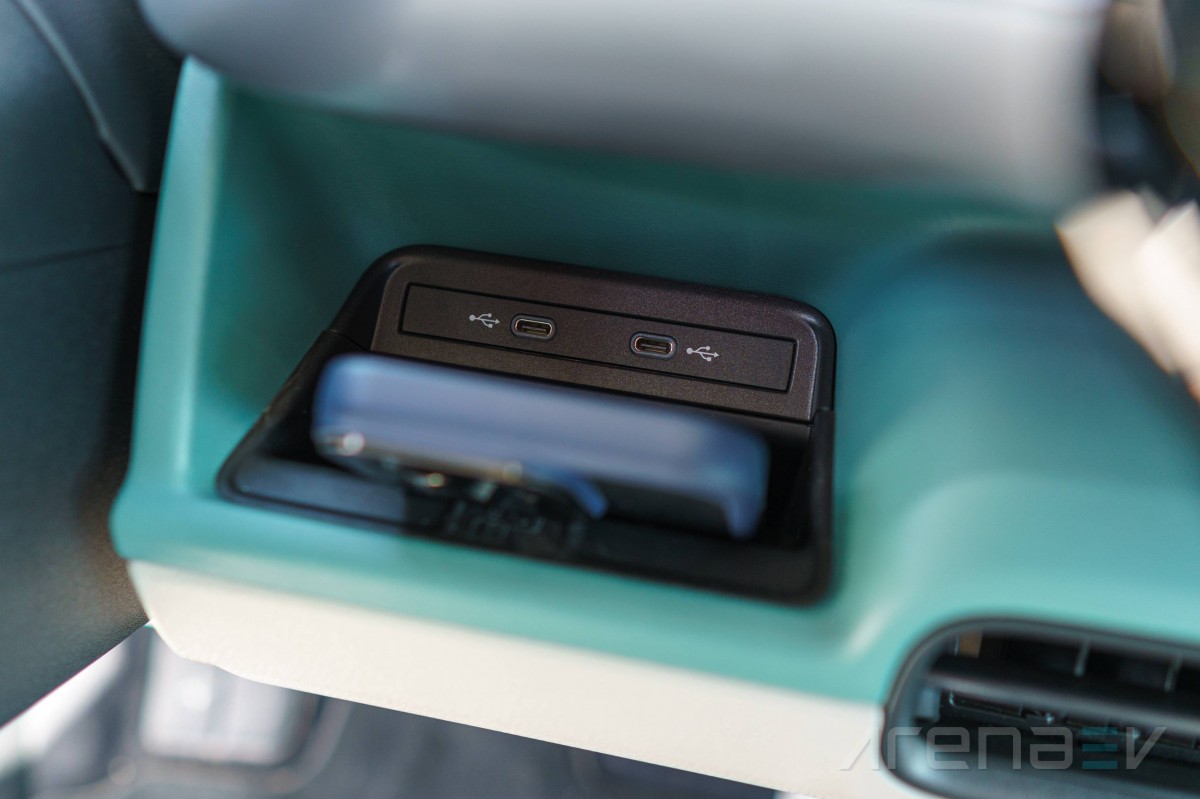
At the center of the dashboard sticks out the infotainment display, which is shared with most new Volkswagen models. Similar to them, in the ID.Buzz it still doesn’t work well, but we'll cover more of that in our tech features part later. The image quality is not amazing - the low resolution means you can see individual pixels - and the row of buttons below the screen still doesn’t light up at night.
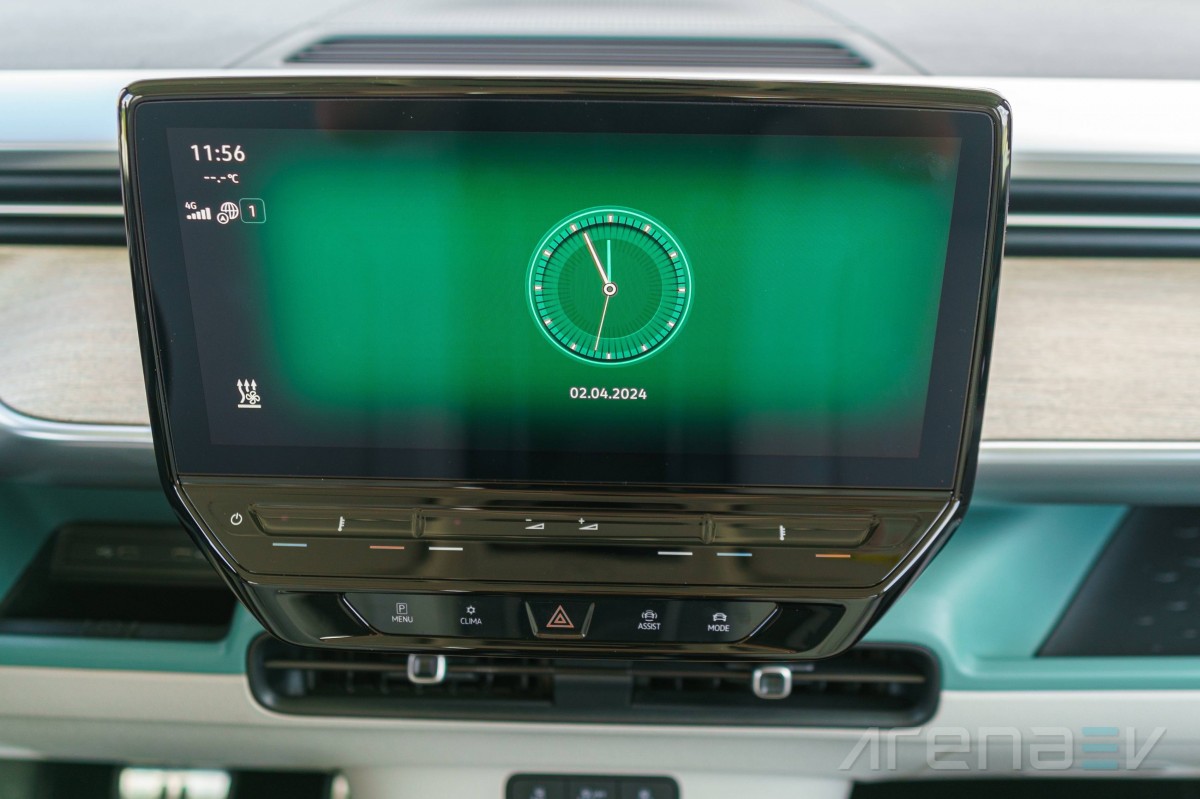
Right below the center screen are the foldable cup holders, accompanied by buttons to electrically open and close the rear doors, which is convenient especially for parents with small children.
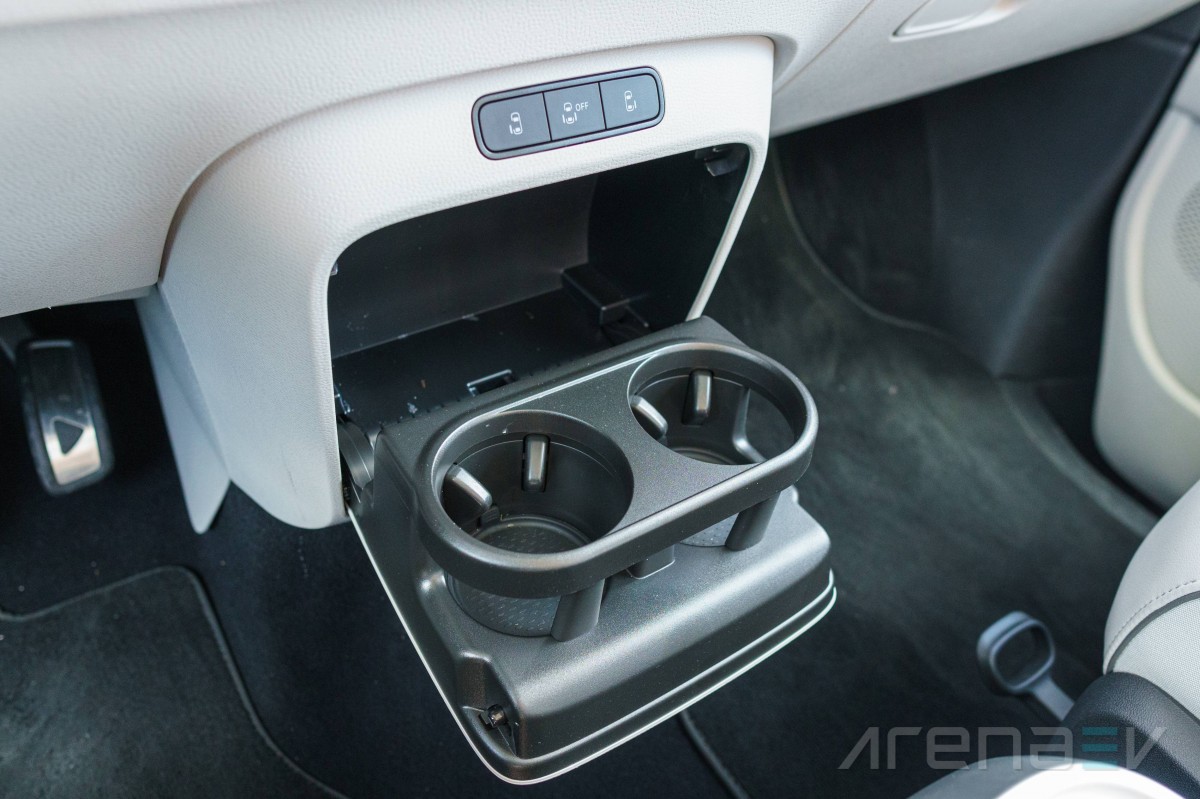
To the right of the center screen is a massive hole that can be used for storage. It has no cover, but for that you have the glovebox right beneath it, where you can hide objects you don’t want to risk falling out.
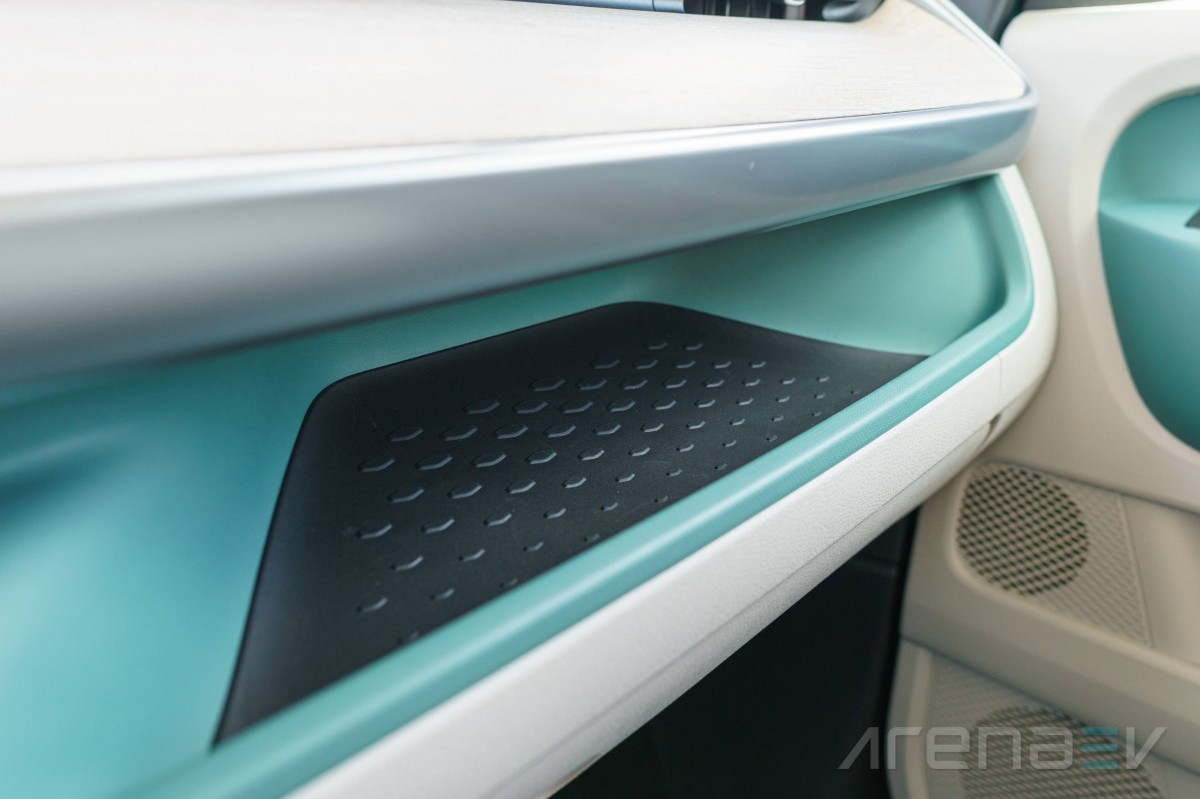
The center console sits low between the two seats up front and can optionally be removed from the floor and used as storage, or simply to create easier access between the rows.
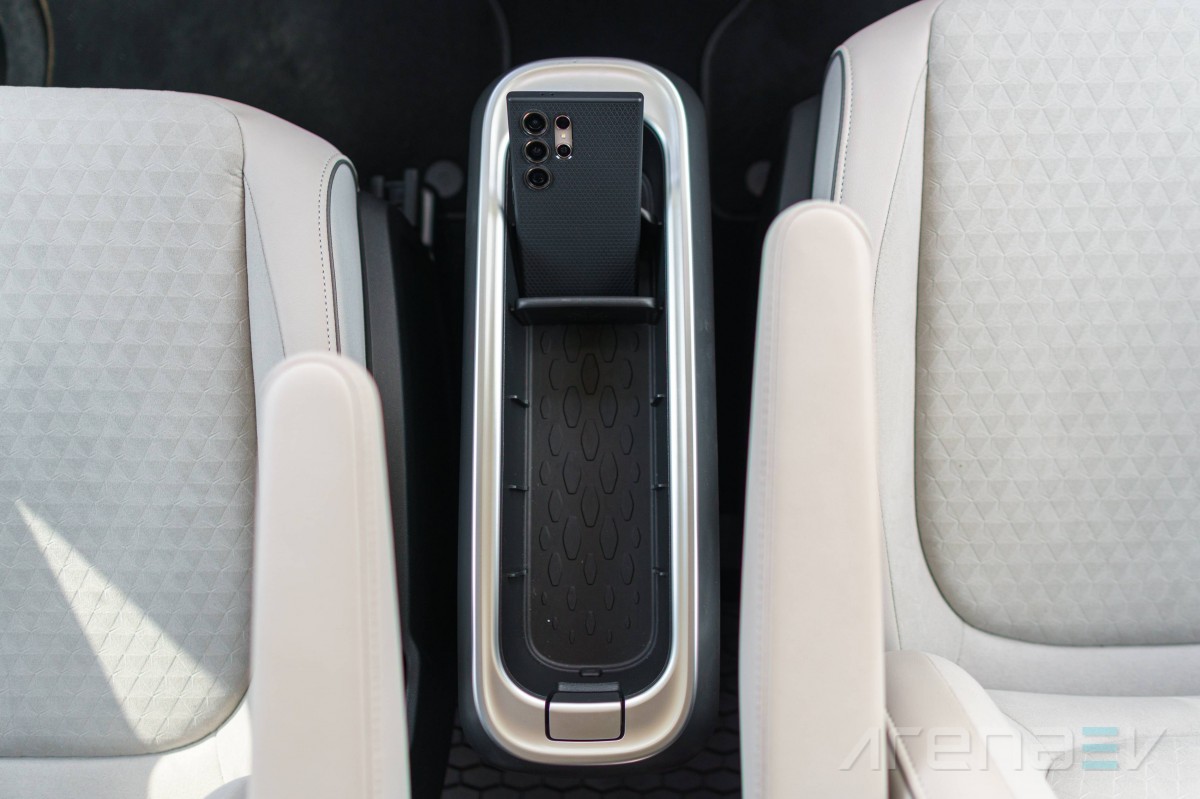
The center console also comes with a bottle opener and an ice breaker, which can be also used as additional cup holders.
The seats of the ID.Buzz are comfortable and soft, making them perfect for this type of vehicle. A great addition is to have foldable armrests on both sides of each seat for more comfortable long distance journeys. The light beige color our test model has certainly looks wonderful, but all kinds of debris and wear are much more noticeable than in a darker interior. If you're planning on using your ID. Buzz as a workhorse, we highly recommend the darker interior options as they are much easier to maintain in the long run.
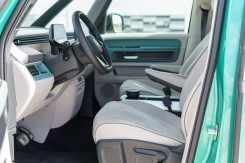
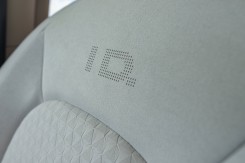
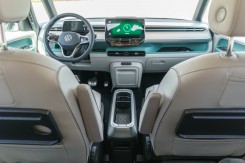
The seats of the ID.Buzz are very comfy!
The doors come with plenty of storage space both up front and in the back, however only the top parts of each door come with rubber lining. Therefore, if you wish to store anything in the lower and bigger storage pockets, prepare for annoying rattling sounds every drive.
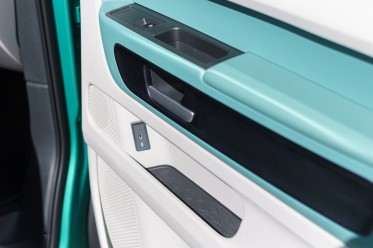
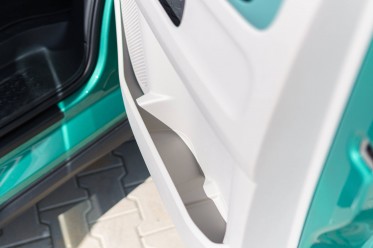
There's plenty of storage space in the doors.
A great easter egg is that the rivets behind the front door handles are covered by a smiley face, which adds to the playful character of the ID. Buzz.
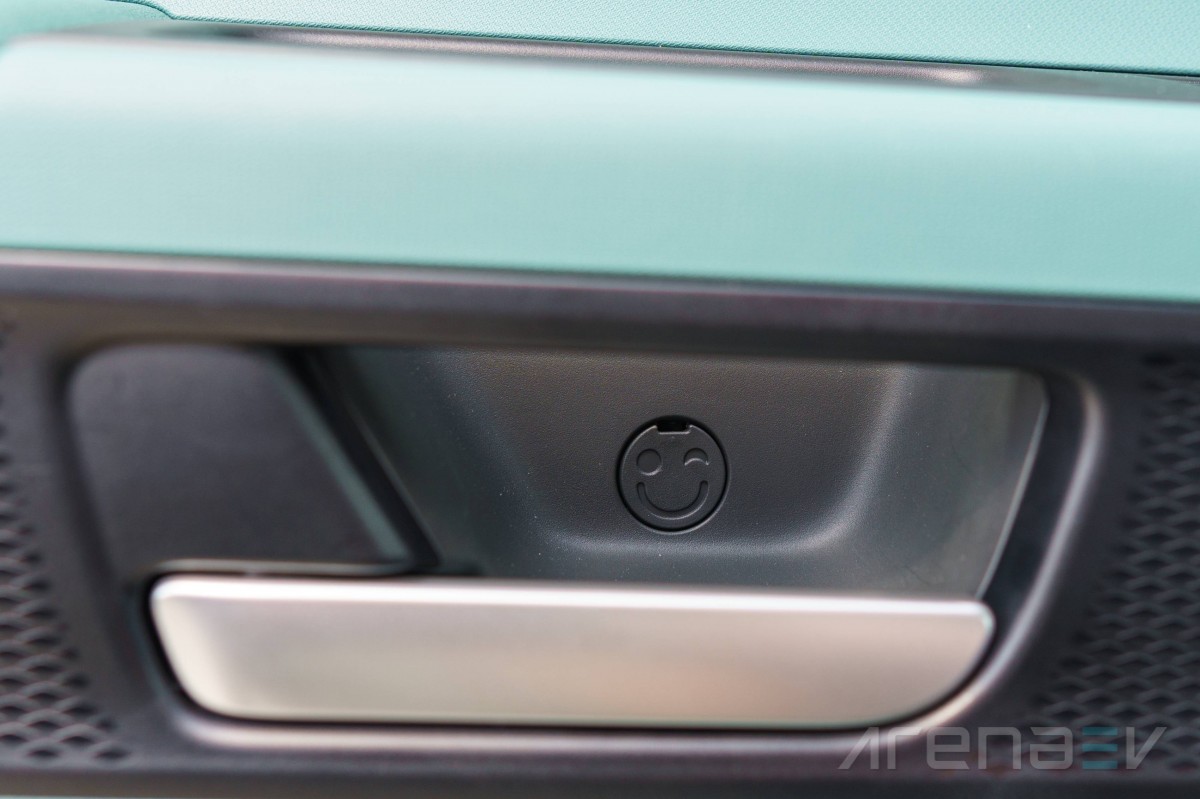
A huge missed opportunity in the ID. Buzz is the lack of a panoramic roof. That would increase the precieved space even further. The "Samba" windows that made the T1 so famous would also be a great addition and we sure hope at least one of the two will be added on a future facelift model.
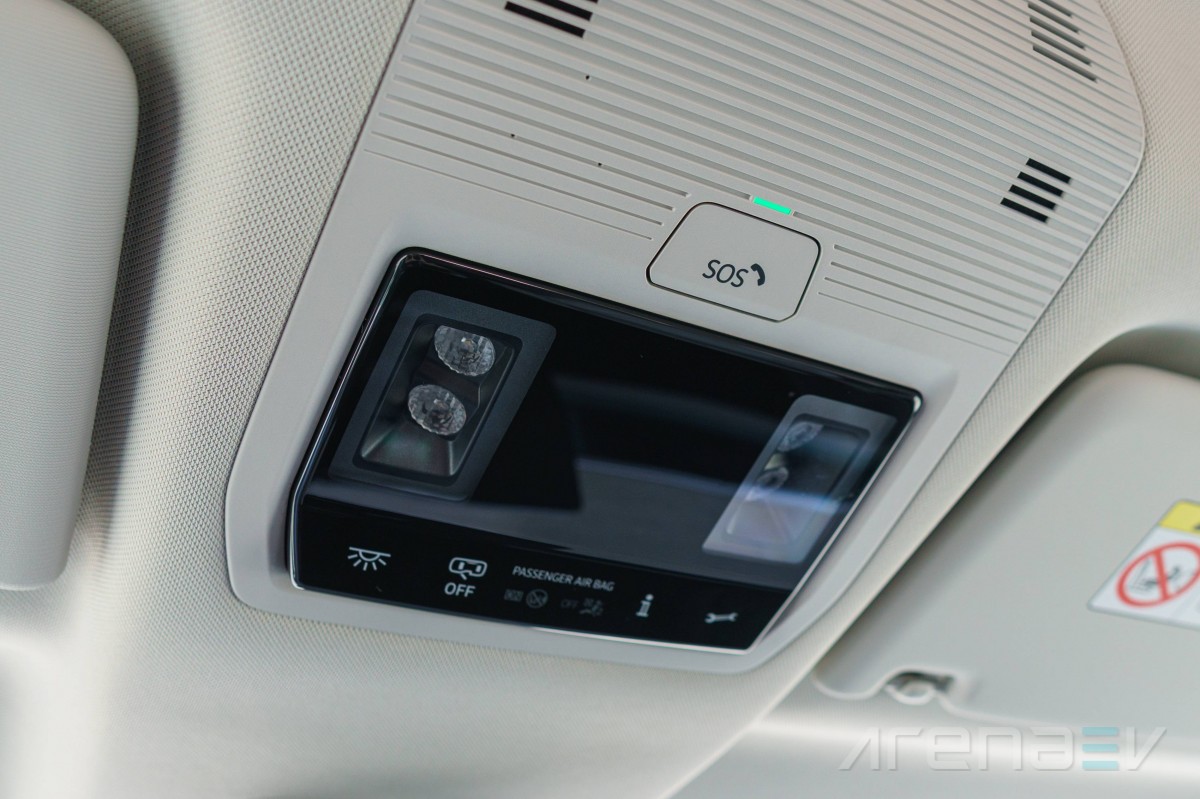
The rear seat is a great example of what a van bench should be. It offers loads of space and even our 1.95 m (6’4”) tall reviewer fits effortlessly. Headroom is plentiful and so is the legroom, even with the rear seat moved all the way to the front.
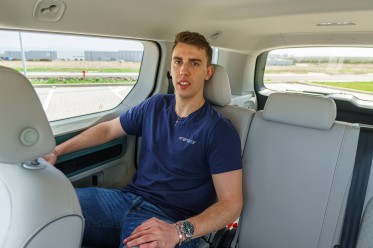
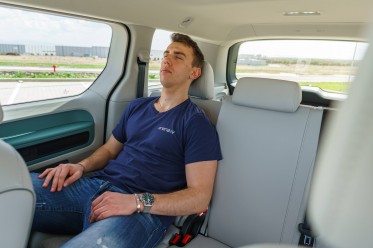
Even tall people travel comofrtably in the back of the ID. Buzz.
The rear passengers have some luxuries to enjoy like the foldable picnic tables and many storage pockets. Each door offers USB-C charge ports for added convenience.
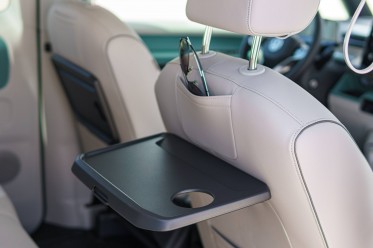
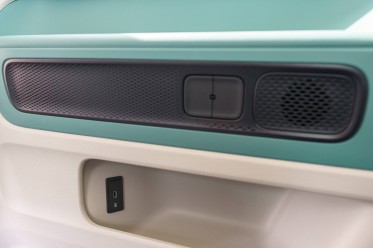
The rear offers some luxuries!
Storage & practicalities
The trunk of the ID.Buzz is huge for a passenger vehicle. It is offered as a cargo version with front seats only, or as the 5-seater we tested. In the future a third row option will also be added, which will eat up some more storage space. The boxy design and right angles allow you to easily use the best of the 39.6 ft³ of trunk space, which is a huge figure for ID. Buzz's size.
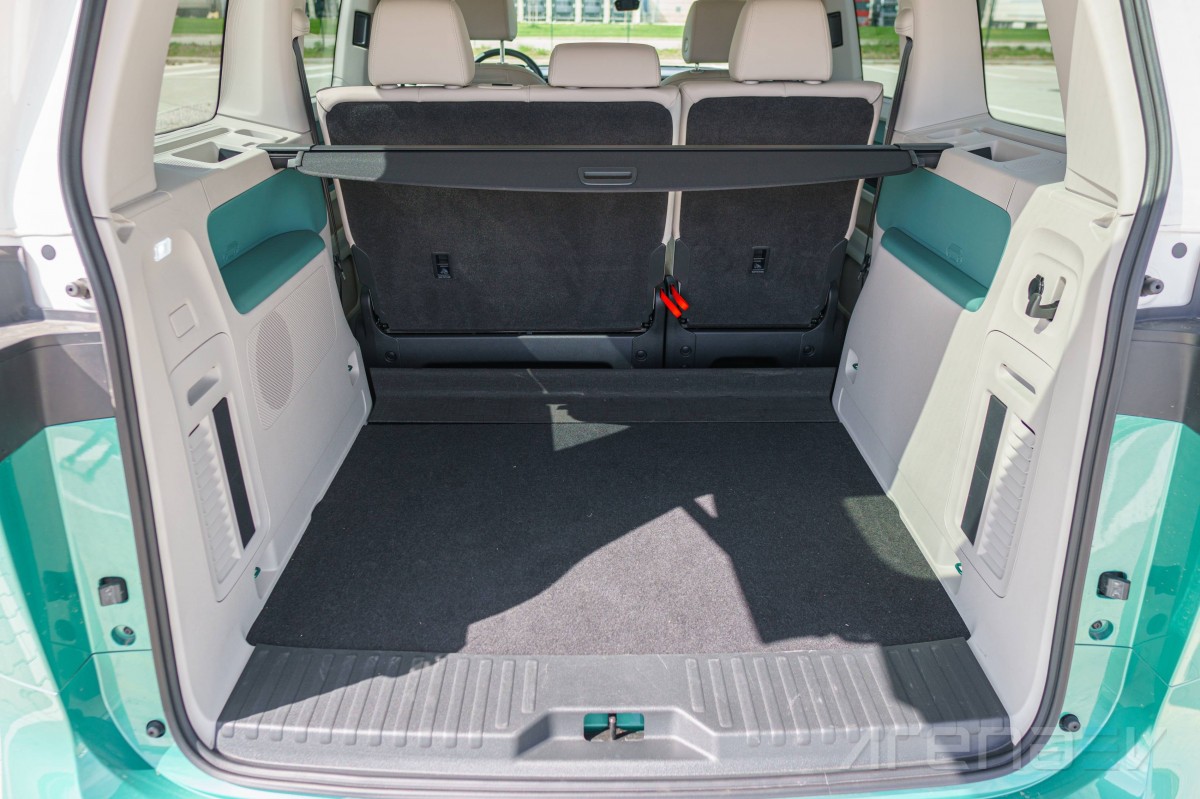
If you fold the rear seats you can transport huge objects like a surf. What is even better is that Volkswagen offers an additional flooring you put on the main trunk floor. This way it evens out the rear seats and the trunk, so that you can place a mattress.
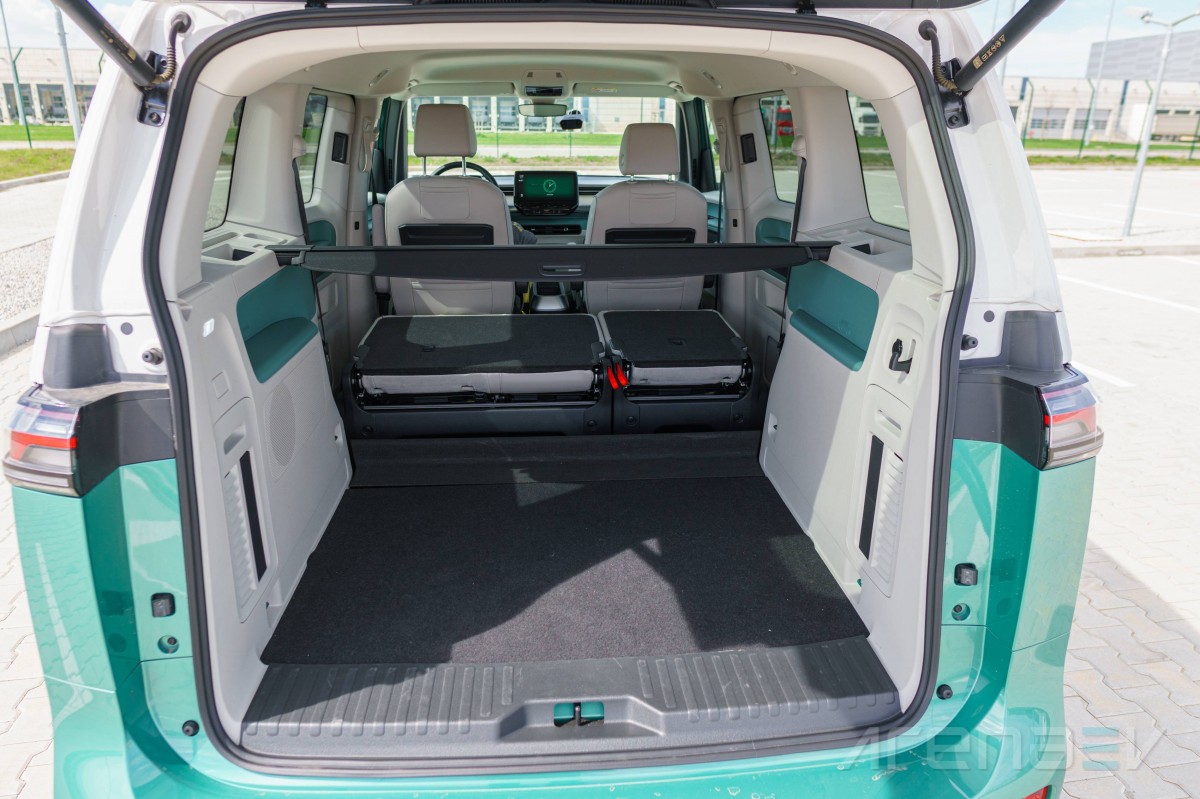
Even though the ID.Buzz doesn’t offer third row seating yet, it comes with cup holders and armrests for the non-existent passengers back there.
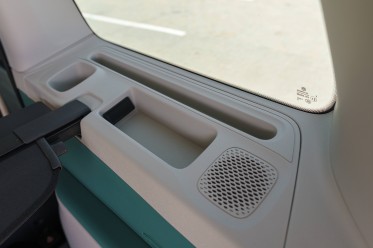
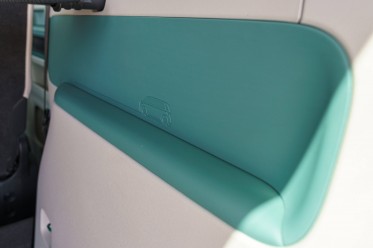
No third row yet, but there are amenities for the future passengers in the back.
There are small Volkswagen ID.Buzz images embroidered in the back, as well as small removable trim pieces to keep tiny objects in place. Given how small they are, we suggest you better simply put those objects in one of the cup holders.
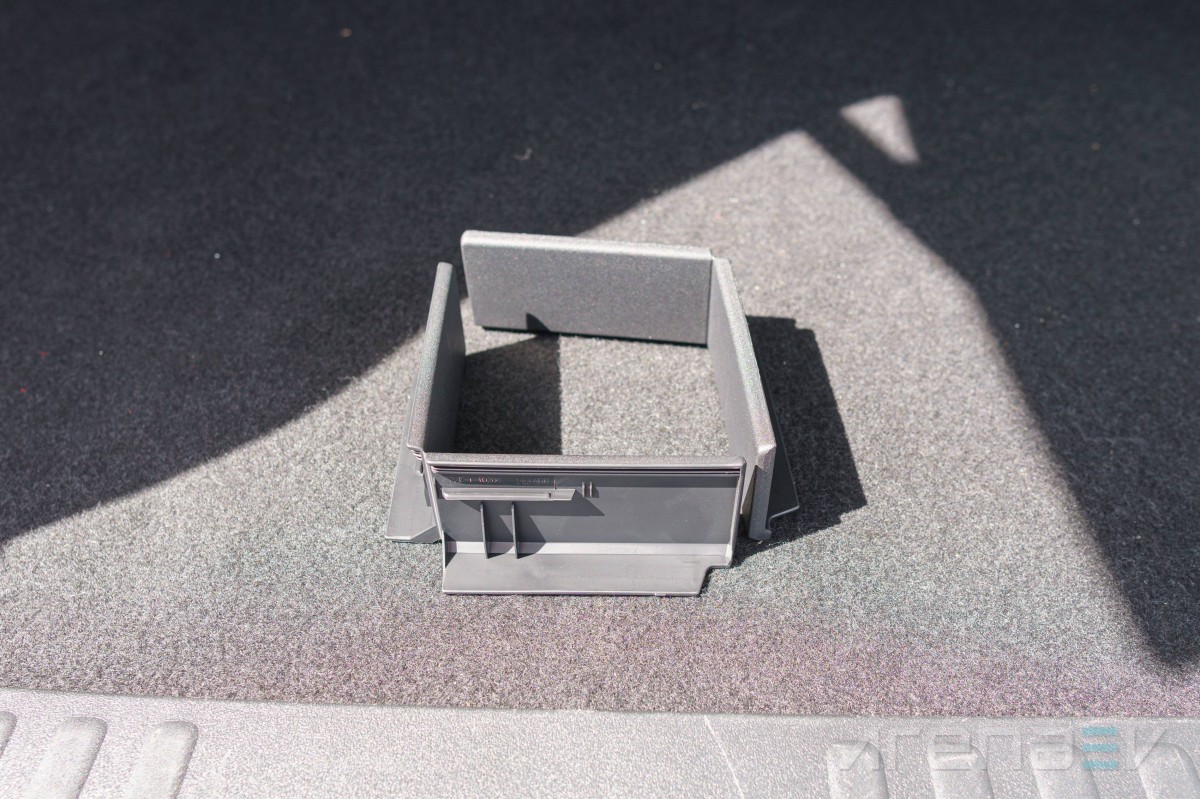
Sadly, there is no frunk (front trunk) in the ID. Buzz, which would’ve definitely added to the practicality, especially given how few (for a bus/van) storage pockets there are on-board for smaller items you don’t want dangling around the massive trunk.
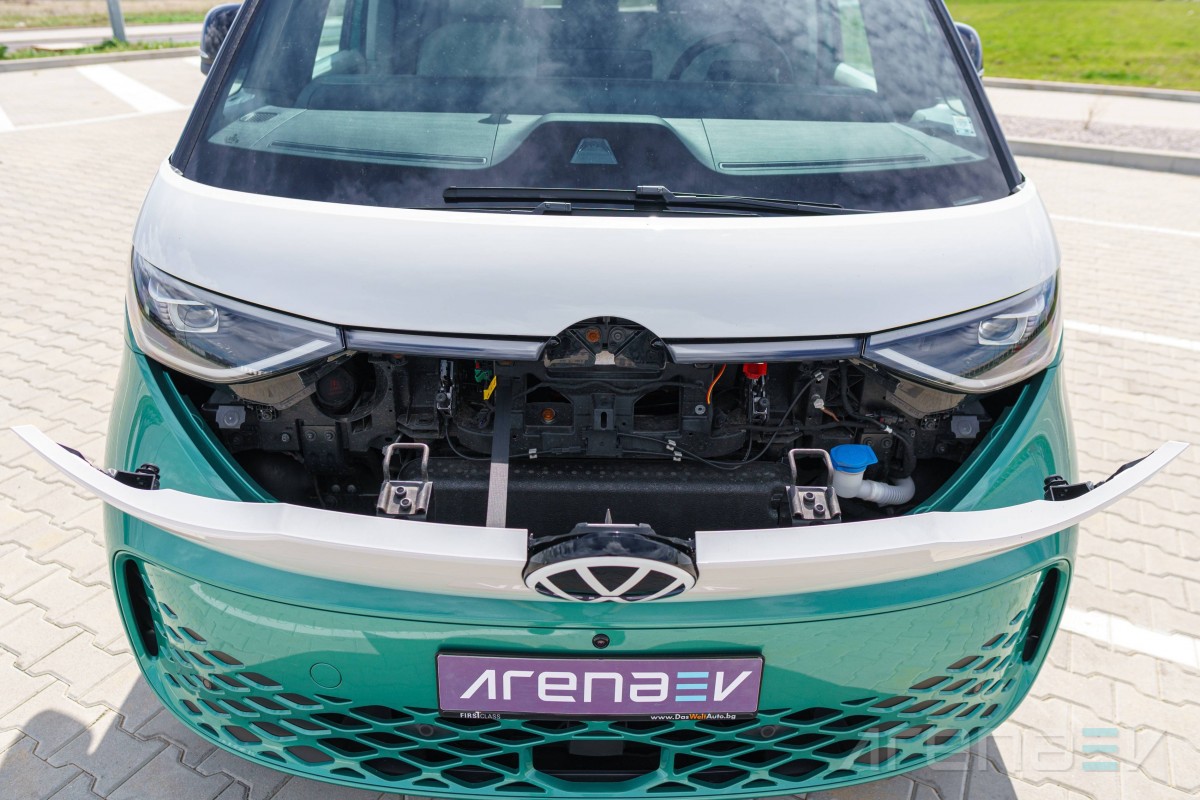
Driving experience
Driving the ID. Buzz Pro is as exciting as driving a 2.5-tonne van can be. Handling is tight thanks to the low center of gravity, causing the ID. Buzz to actually inspire confidence around corners. It isn’t sporty by any means, but is more engaging than the majority of similarly-sized vans, which are usually FWD and lean way too much into corners.
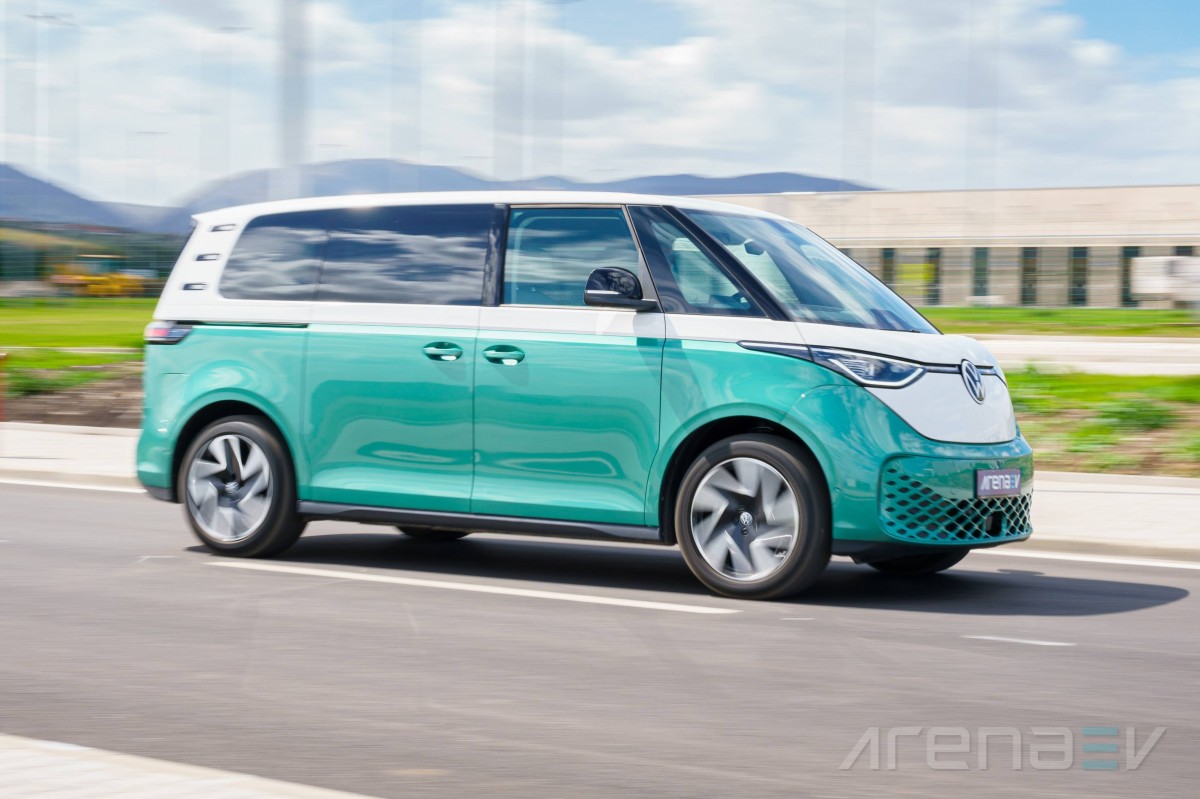
The driving position is very high and look down even on huge vehicles like the Mercedes EQS SUV. However, the steering wheel is upright like a normal car and doesn’t sit in your lap. It gives little to no steering feedback to the driver.
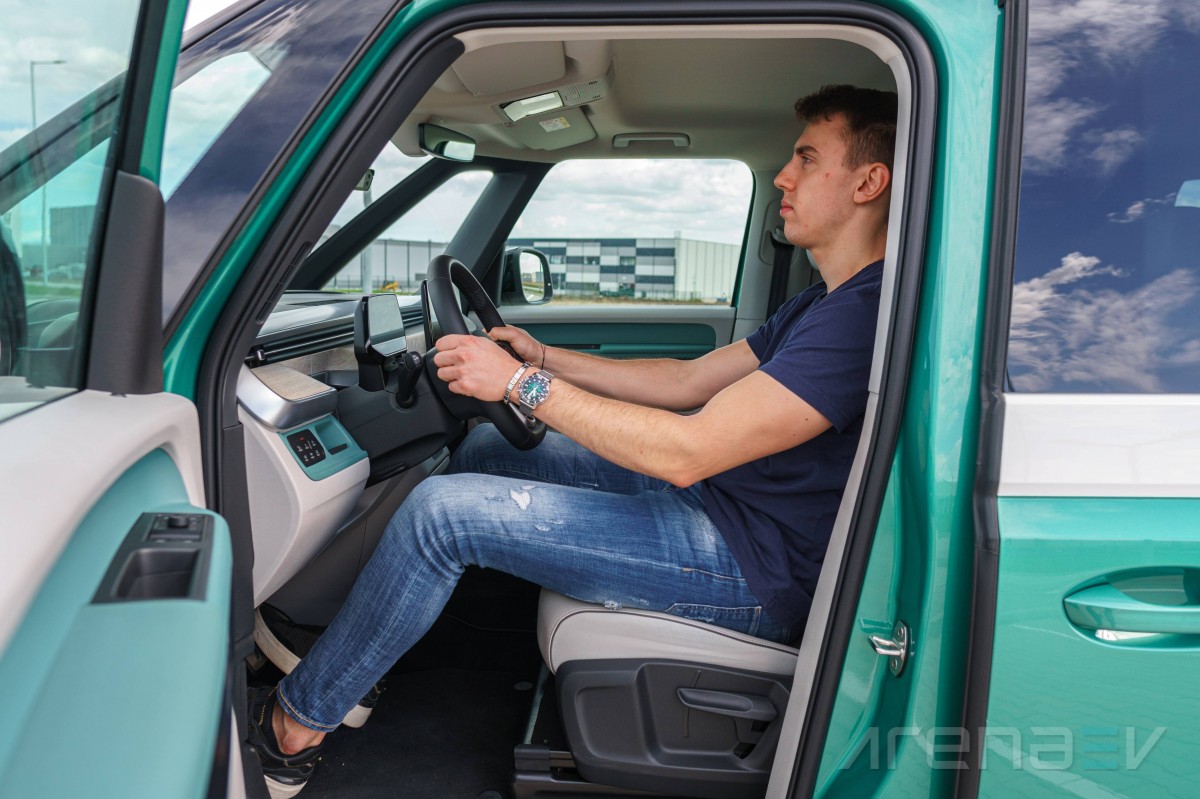
The different driving modes make little to no difference. Sport slightly sharpens the steering and makes the accelerator pedal more responsive. "Individual" gives the option to individually choose the behavior of each adjustable component.
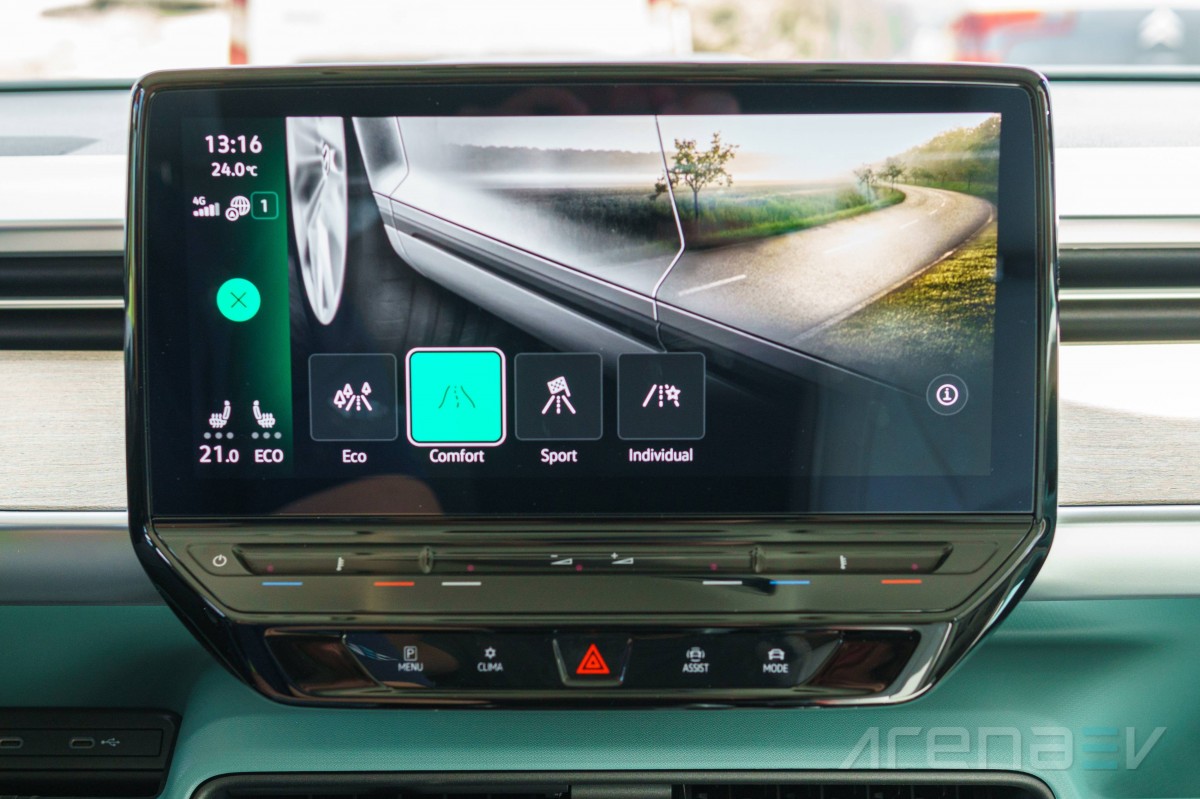
The steering wheel is dialed for comfort and ease of use, which it does perfectly. This way the ID. Buzz is simple to live with and zip around town. Maneuverability on its own is spectacular and the big ID. Buzz can do a U-turn on with two lanes available and have space to spare.
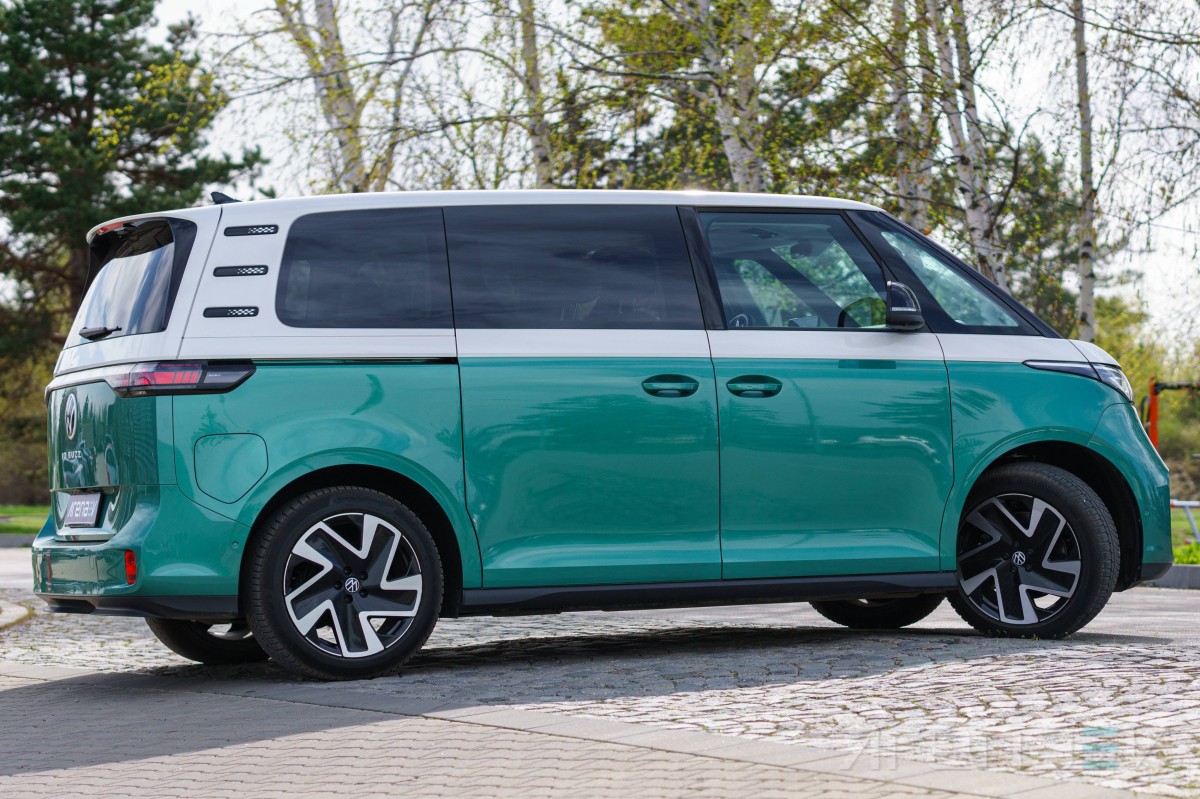
Visibility from the inside is fantastic as all windows are tall and the pillars are narrow. One great integration is the addition of a window inside the A-pillar, which otherwise would’ve been too thick and left many objects in a blind spot.
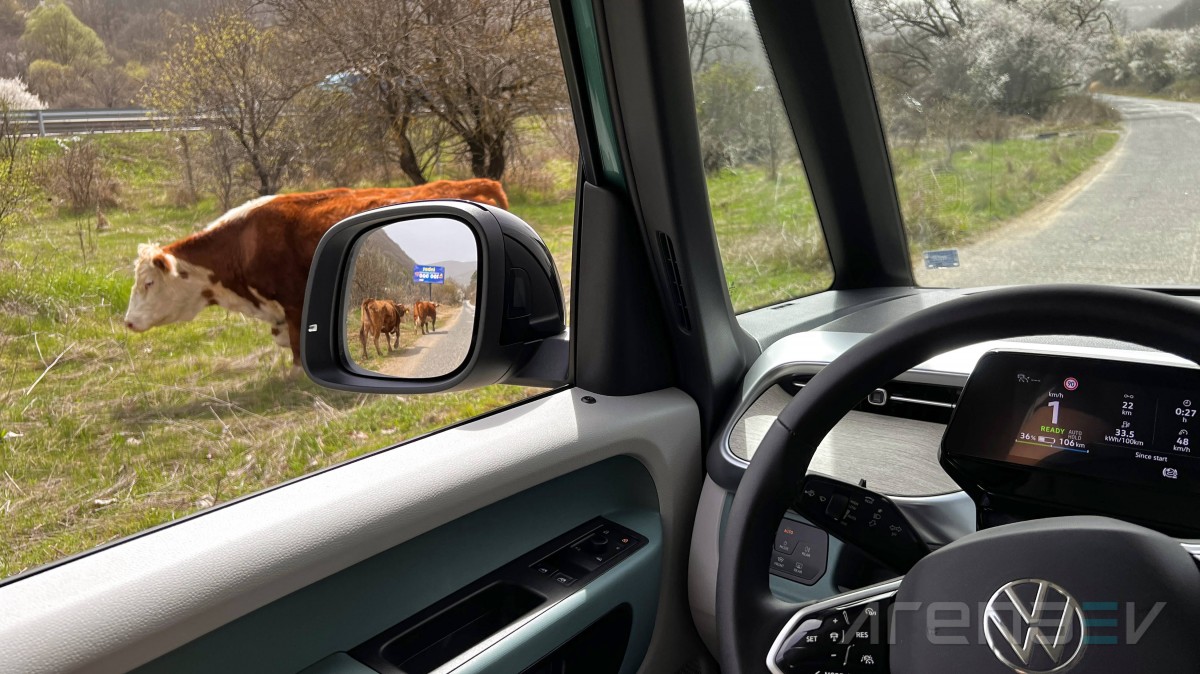
The ID. Buzz sure is a conversation starter so if you like getting attention in traffic there aren’t many vehicles beside a supercar that will deliver as much of it. Given the reputation and cult following of the ancestor, we highly doubt this appeal will fade as these cars age and become more common.
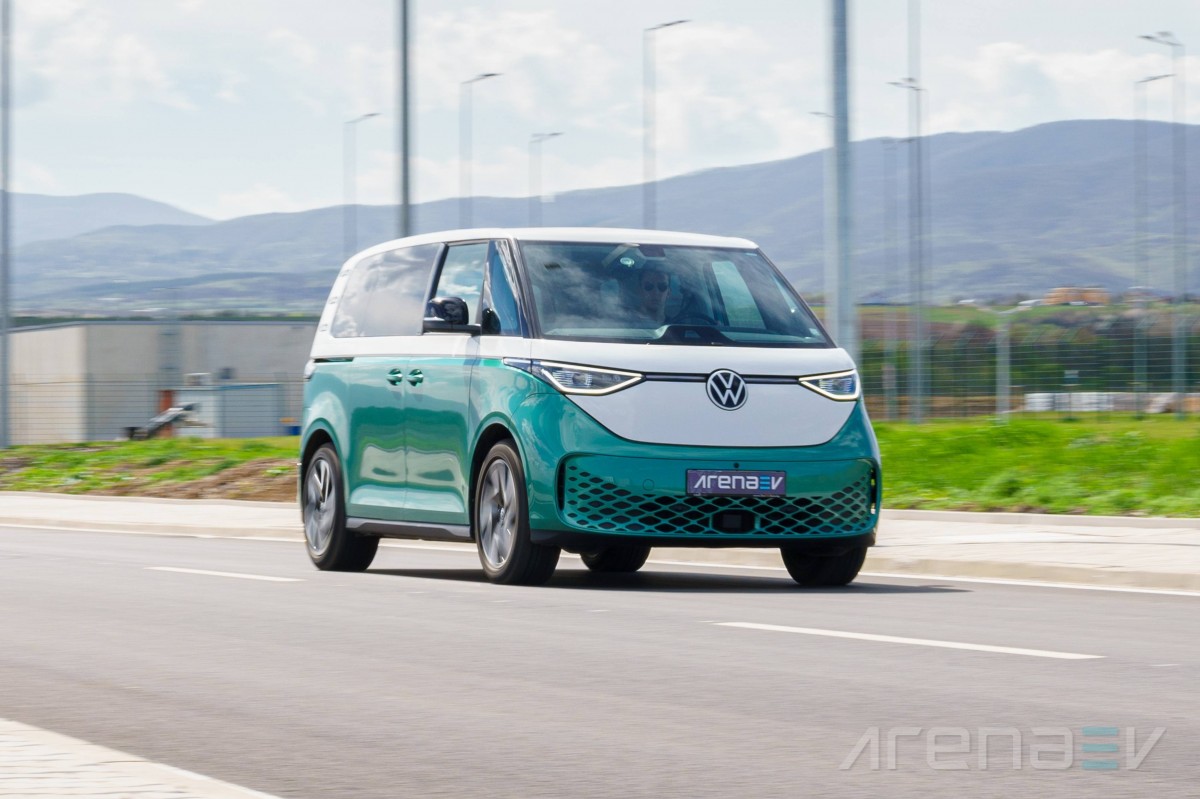
Tech features
The Volkswagen ID. Buzz Pro definitely doesn’t shine as a technological pioneer. The on-board tech, especially the infotainment is not great for the today's standards. We already mentioned that a few times and it becomes really apparent once you start using the system. There is a substantial amount of input lag and if you quickly wish to exit one and enter another menu the entire system freezes for a few seconds, which is simply unacceptable for a modern vehicle. The system offers a lot of options and customizations, but the menus are poorly organized, so finding them takes more time than it should.
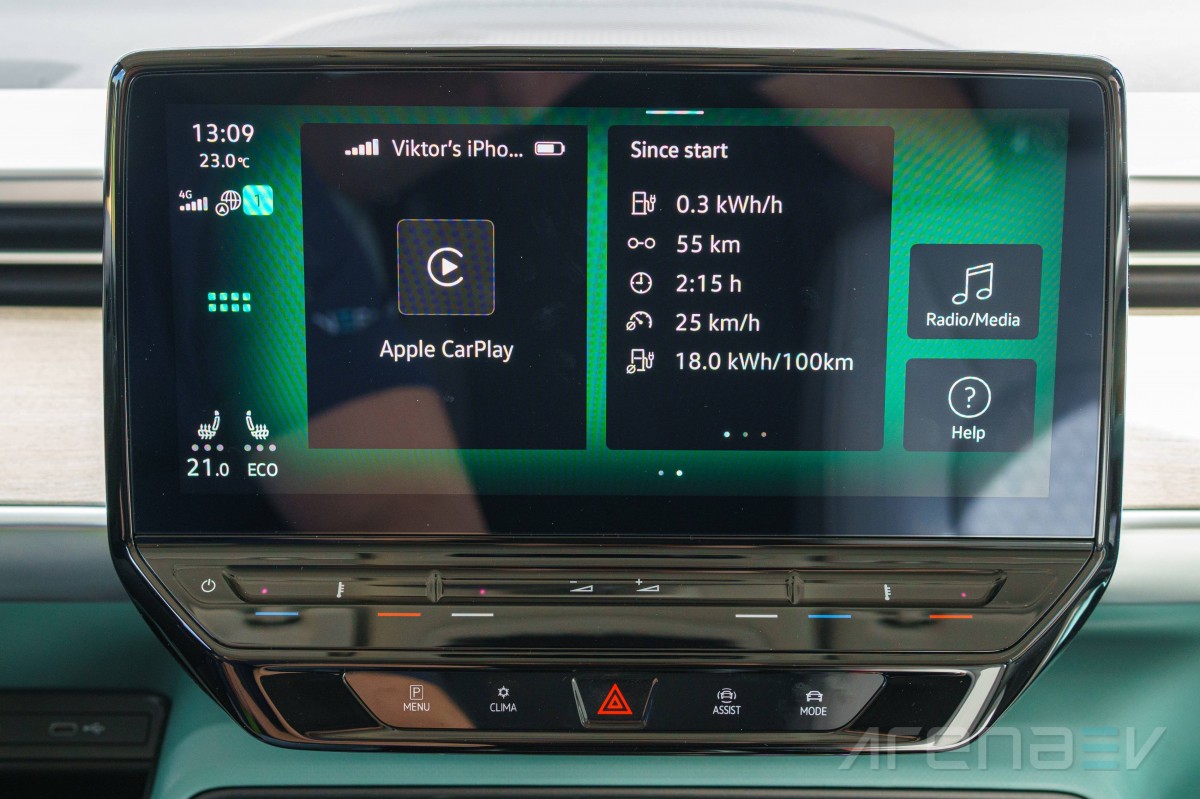
There are some on-line features that can be quite useful. For example the WeConnect plus feature receives real-life information from other vehicles and can offer you better routes for your journey. Travel Assist also adds important driver aids like lane assist and traffic sign recognition.
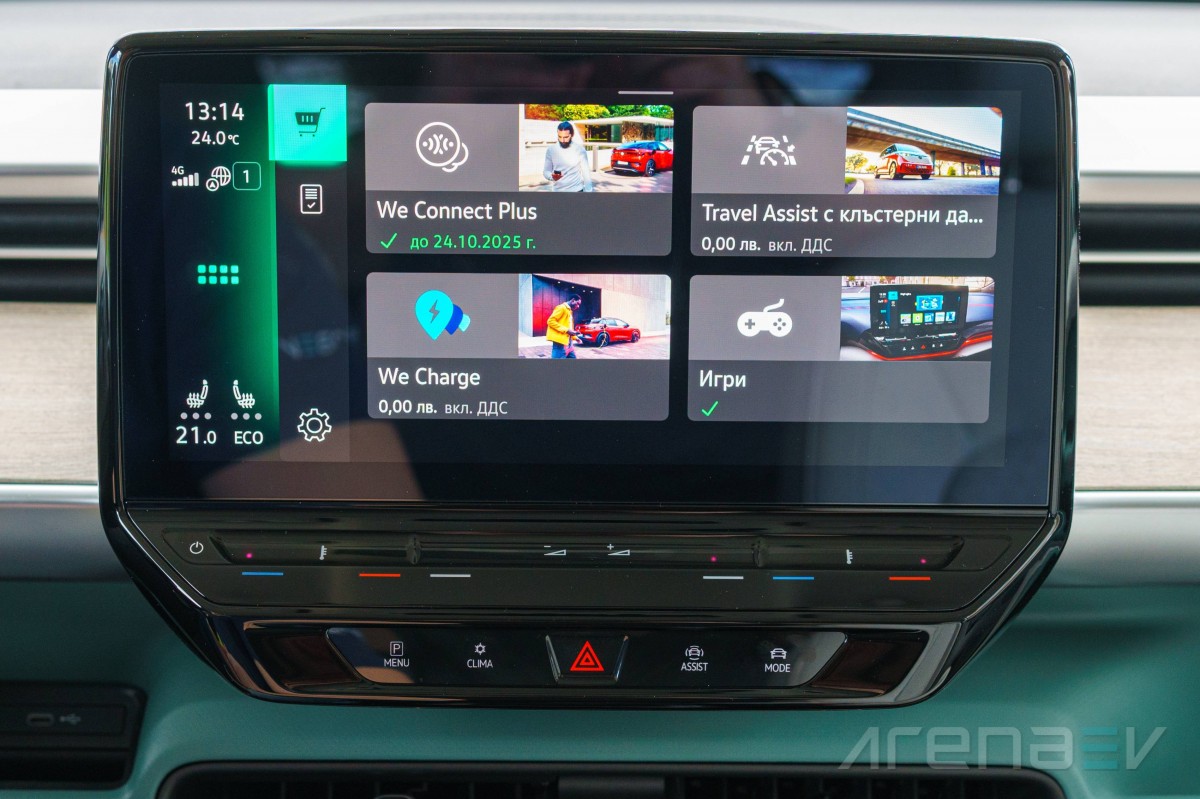
The games section of the ID. Buzz is quite fun fun. You can enjoy it while charging, waiting or simply spend some time alone. The games available are quite basic, but interesting nonetheless.
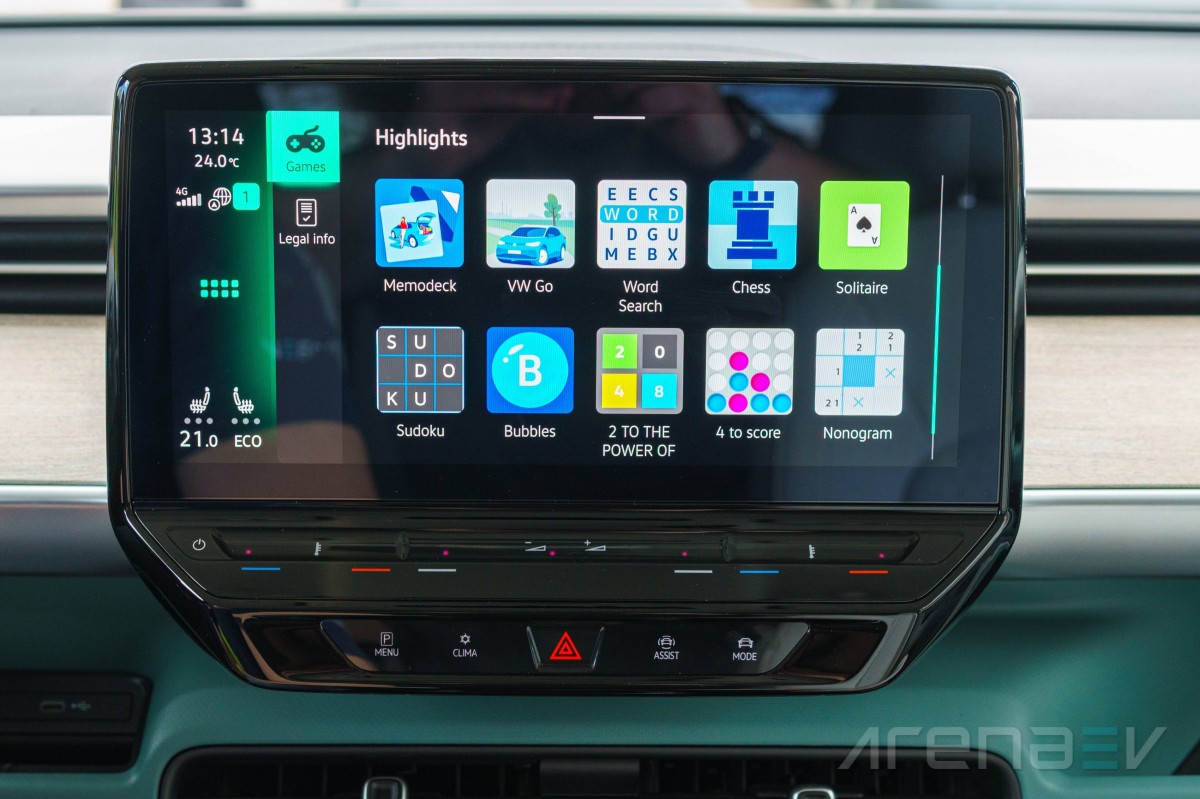
Sadly, the input lag is so bad on the game where you play as an ID. Buzz going down the road that it's borderline unplayable.
There is a feature where you can slide between the different menus without touching the screen at all. It sounds like a cool concept, but once again the laggy infotainment prevents it from being actually useful.
The navigation is up-to-date and shows you routes with charging stations, but in order to set your desired percentages for arrival, you need to go through multiple submenus. You also get outdated graphics that are far away from the standards set by virtually any other manufacturer.
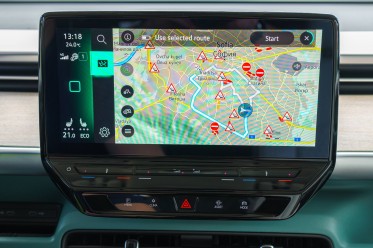
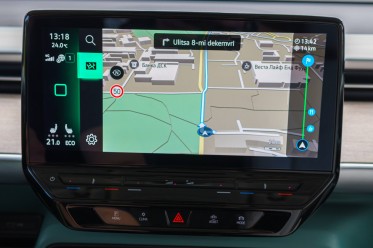
The navigation is useful, but could benefit some modern graphics.
The camera system helps a lot and the 360° surround view aids maneuvering such a huge vehicle. The quality is not great, but it does the job and even at night visibility remains excellent.
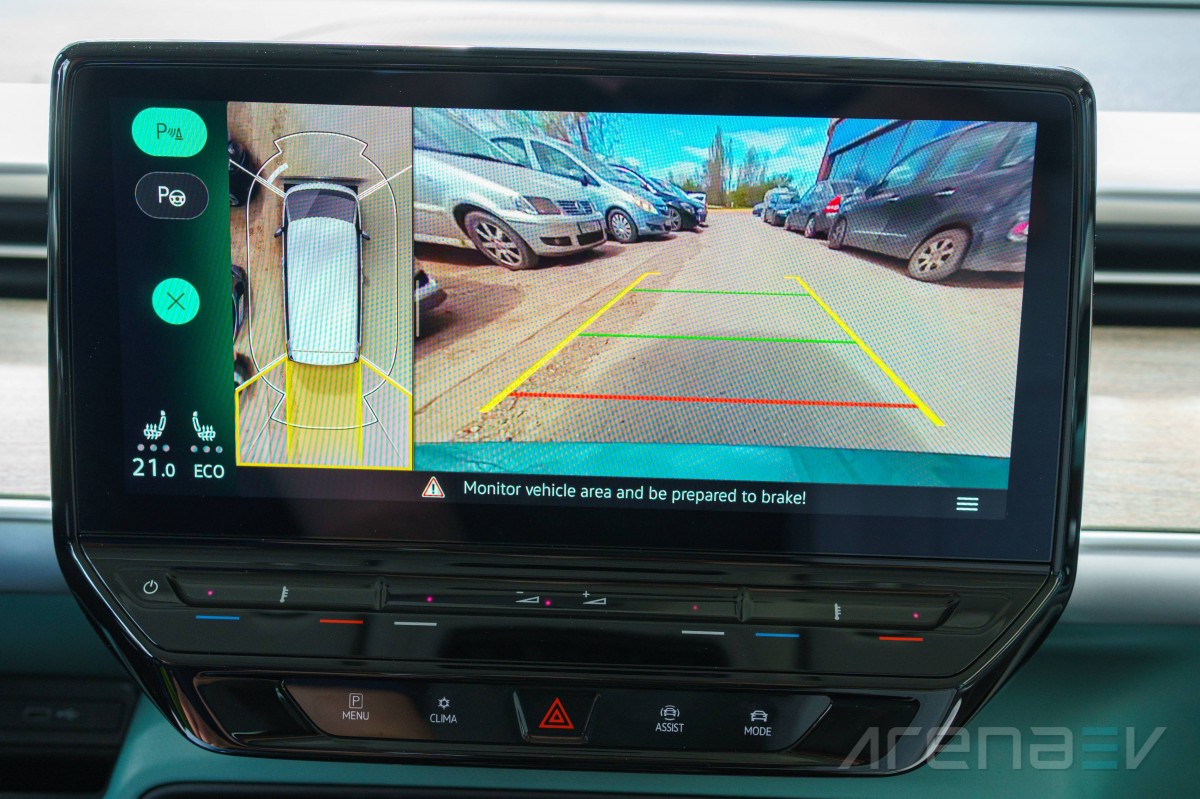
All climate-related features are also part of the center display, which requires a lot of attention as there are multiple control buttons. There are smart climate controls, which optimize the airflow depending on what you need. The air care ionizes the air inside the cabin, which is an important feature when driving through dirty city air.
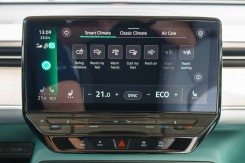
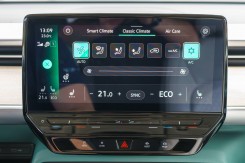
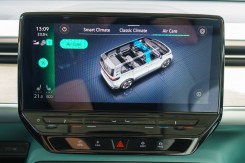
Climate controls are not the most user-friendly out there.
Ride comfort
The ride of the ID.Buzz is smooth and comfortable. Its weight certainly prevents it from being perfectly smooth in all situations. Bigger bumps and potholes make the whole body shake and twist, with significant amounts of rebound. Less uneven roads on the other hand are hardly ever felt and the suspension smooths them out perfectly. Such ride comfort is typical for a van, but the added weight is highly noticeable.
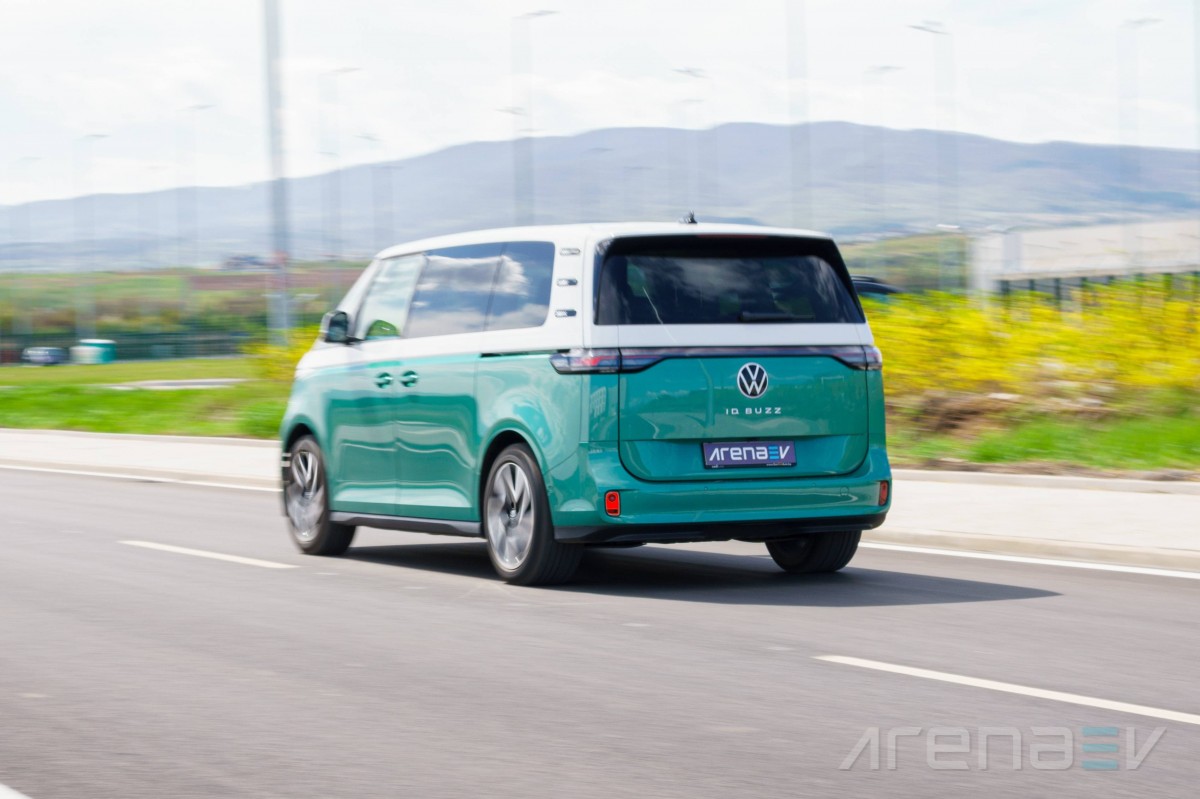
Cabin noise
The interior of the ID.Buzz is well insulated and keeps the ambient sounds to a minimum. With its upright front and boxy design we were prepared for a noisy ride, yet the ID. Buzz produced impressive readings. Potholes, rough asphalt and uneven surfaces bring in more tire noise than usual, but this may also be due to the winter tires that our test model was equipped with. Overall, it is perfectly fine to travel in peace with the ID. Buzz, especially considering its blockish design.
Sound level tests are carried out with a specialized sound level meter placed in the car's cupholders. The test is conducted with air conditioning and radio off and while maintaining a steady speed.
Acceleration and braking
Accelerating in a van with just over 200 hp doesn’t spark much excitement. Still, the ID. Buzz manages to beat the manufacturer time by a second for a sprint from 0 to 62 mph in 9.2 seconds. This is adequate for this type of vehicle and especially at low speeds feels like there is sufficient power. Once you load it up with passengers and cargo it feels slow, but not excessively so.
Braking is not ID. Buzz’s strongest feature. It stops from 62 mph to 0 in 42 m (137’9”), which is far from great. We have to factor in the Continental WinterContact TS850p tires, which do not deliver optimal performance on a sunny warm day like when we tested the ID.Buzz.
Acceleration and deceleration are measured with a RaceBox device inside the car. Testing is done with a single person inside the car, with air conditioning and traction control off.
Consumption
The ID.Buzz is surprisingly efficient at low speeds, but its size and shape command a big penalty once you gain some momentum. For our detailed review on the ID. Buzz’s consumption check our range test article.
We measure consumption by driving at constant speeds on an identical test route during the day. Testing is conducted with air conditioning, all safety systems and radio on. The data comes from the vehicle's board computer. Specific testing parameters such as ambient temperature are mentioned in the text on a case by case basis.
We now suggest you use the widget below to find out the ID. Buzz's range in every combination of speed and temperature you might need. We've used our real world tests and a complex model to provide an estimate that should be as close to the actual performance as possible.
Charging speed
The Volkswagen ID.Buzz overdelivers in terms of charging power. The peak value the manufacturer claims is 170 kW, and during our testing the ID. Buzz was able to charge at 185 kW. This meant we could charge 40% of the battery in just 12 minutes, which is commendable. The claimed 5-80% charging time of 30 minutes is also easily achievable.
See this Real-world charging time tool on our website.
A nice feature of the ID. Buzz is that it offers bidirectional charging, meaning that you can use it to power your appliances on a campsite. Sadly, this feature is limited to 4,000 hours or 10,000 kWh and afterwards cannot be used anymore, which will surely be a decisive factor on the used car market.
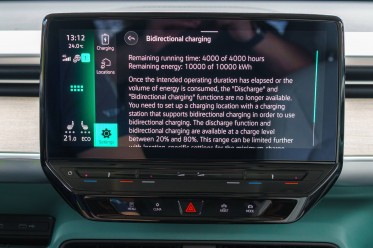
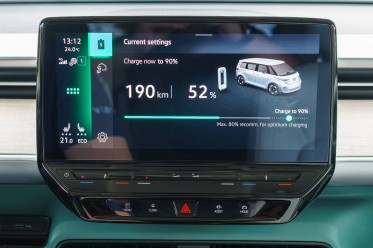
There is a limit on how much you can use the ID.Buzz for bidirectional charging.
Competition
So far the ID. Buzz is a lone wolf in the realm of passenger vans. Its closest competitor in terms of size - the Nissan e-NV200 was discontinued years ago, so this leaves the ID. Buzz without direct compeittion.
The closest is perhaps the Voyah Dream, which we will soon also thoroughly review. It is a bigger van with more interior space and more luxurious interior. The brand recognition and its service network are nowhere near Volkswagen’s, but for the same price the Voyah offers significantly more equipment, range and speed, which should result in an overall better vehicle.
The second competitor of the ID. Buzz is the Zeekr 009. This model is not yet offered in Europe or USA, but should soon be. Its battery impresses with 140 kWh capacity and the interior oozes luxury. Once again, the brand has lower recognition and what isn’t present is the charismatic styling of the ID.Buzz.
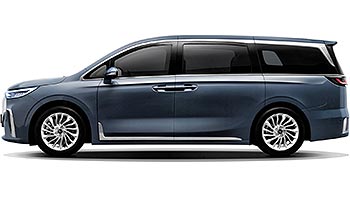

Voyah Dream 2023 - • Zeekr 009 2024 -
Verdict
Volkswagen wanted to capitalize on nostalgia by introducing the ID. Buzz and as far as the styling goes it succeeds big time. However, it didn’t refine the car enough, leaving a lot to be desired when you are inside it. The ID. Buzz does 90% of the things perfectly, but the remaining 10% are rather damaging to the user experience. If the price was lower, the ID.Buzz would be a more compelling vehicle, however at north of $69,900 for a base model we would expect much better.
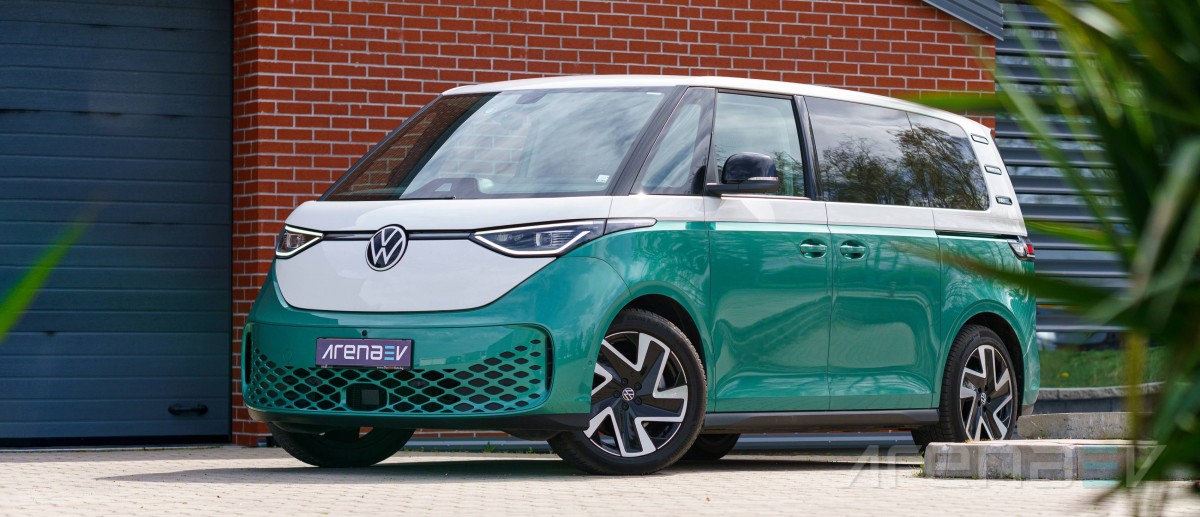
Since the ID. Buzz lives in a segment on its own at the moment, it might still get away with it. If you aim for something more than a regular van that can be used both as a workhorse and a family hauler on the weekends, the ID. Buzz is a fantastic proposition. It offers a lot of space and more luxuries than similar ICE-powered competitors too.
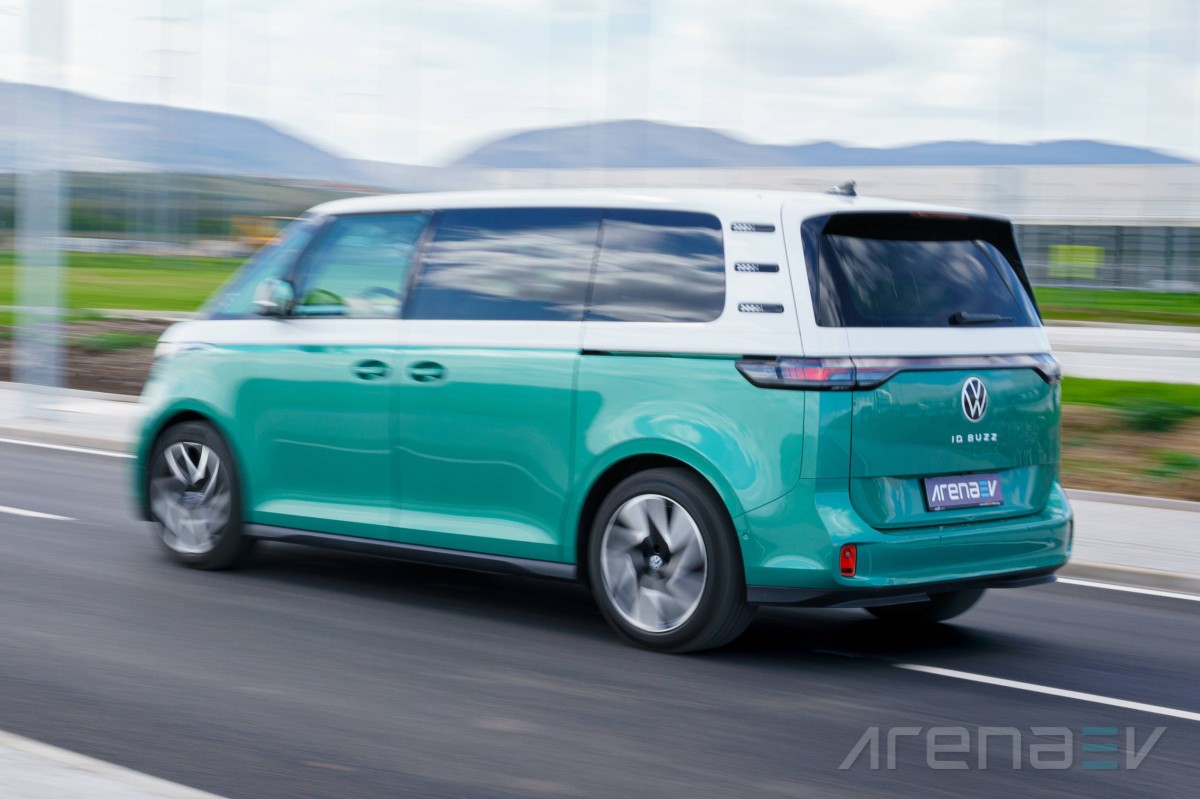
If you look at it as a family vehicle you can conquer continents with, while carrying a lot of cargo and passengers, the ID. Buzz is not there yet. What made the Transporter T1 so famous is its ability to reach all kinds of remote destinations. The ID. Buzz would need a bigger battery and imporved technology to do that. And it could use better utilization of its roomy interior to make travel more comfortable.

Pros
- Attractive and distinctive styling.
- Multiple individualisation options.
- Quicker than advertised.
- Nimble and easy to maneuver.
- Lots of space for both passengers and luggage.
- Bidirectional charging.
- Car-like driving position.
Cons
- Disastrous infotainment.
- Many cheap and hard plastics for the price.
- Not as many storage pockets as a regular van.
- Limited hours of bidirectional charging.
- Huge price tag.
- No sunroof or samba windows.
- Low power.
- Small battery for the size and category.
Reader comments
- Steve o
- rex
Until I can touch it feel it see it drive it it’s just a waste of time I’ve followed for two years. Enough already release it or forget it
- Jack
- pv}
It is such a shame that the SWB is not available with 3 rows. The LWB is getting too long. Families which only need the 2 extra seats occationally and who previously bought Touran would love the SWB with 3 rows...
- Anonymous
- $7q
These numbers sound highly optimistic, but as they mention the conditions when testing are absolutely perfect and predispose for good results.
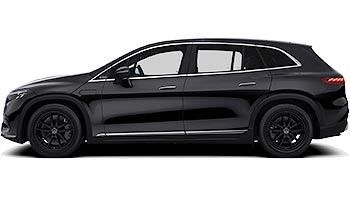
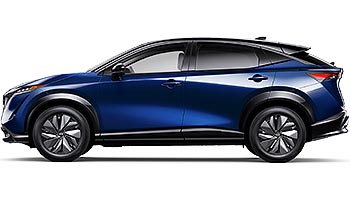
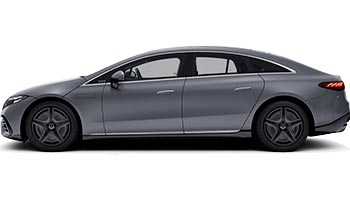
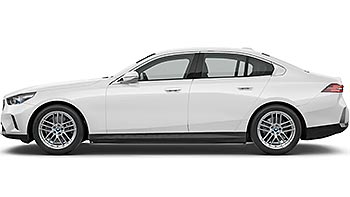

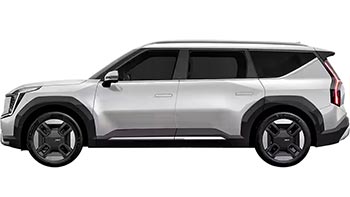
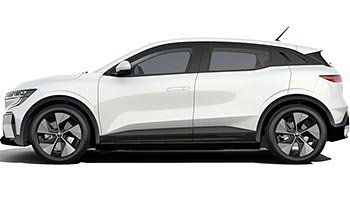
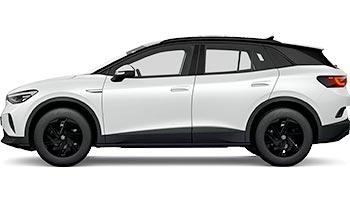
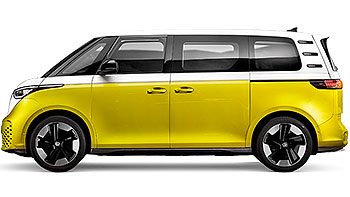
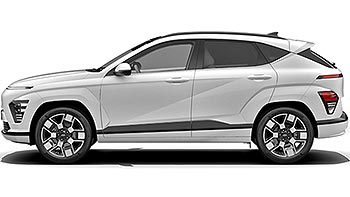
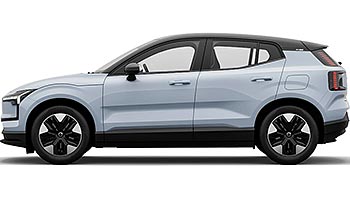
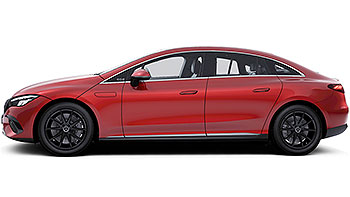
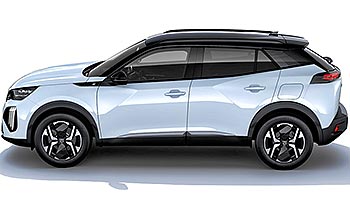
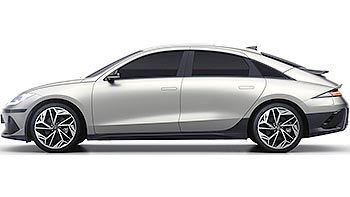
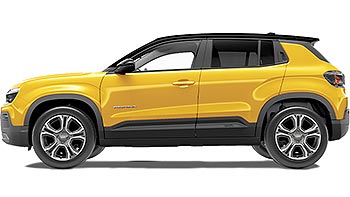
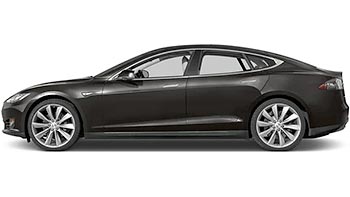
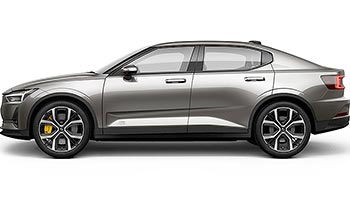
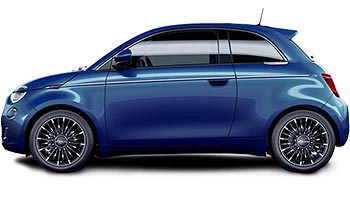
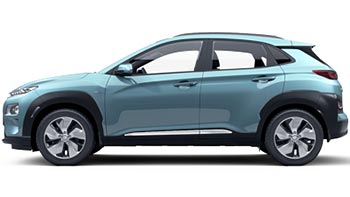
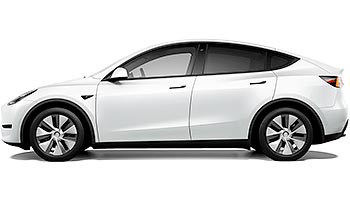





Facebook
Twitter
Instagram
RSS
Settings
Log in I forgot my password Sign up